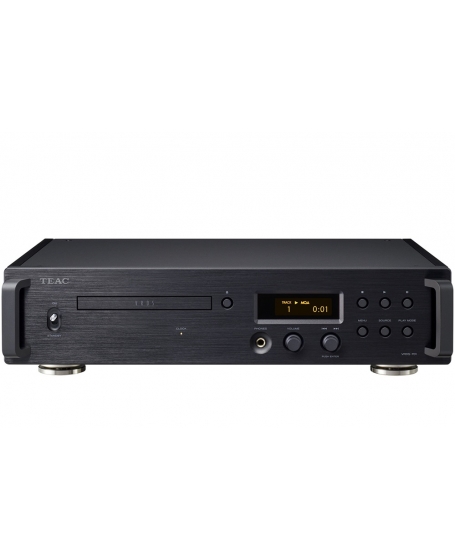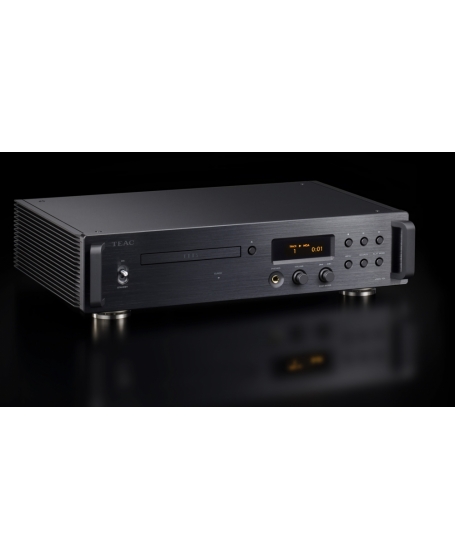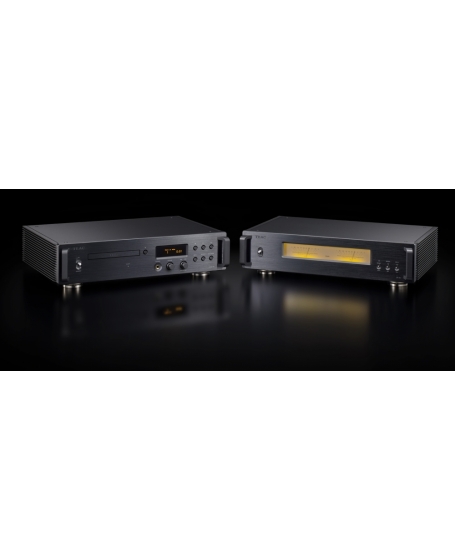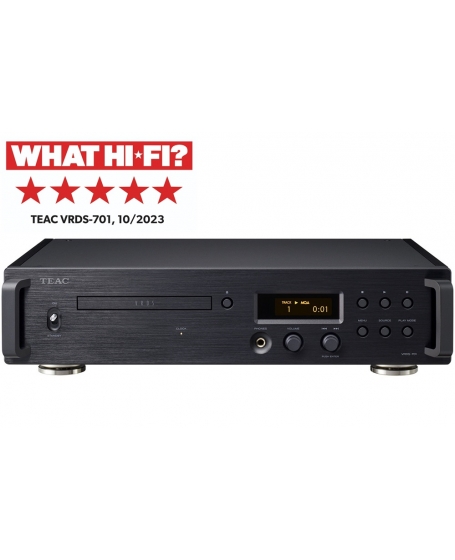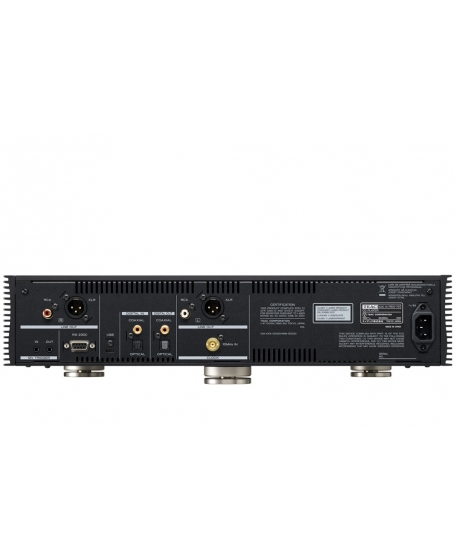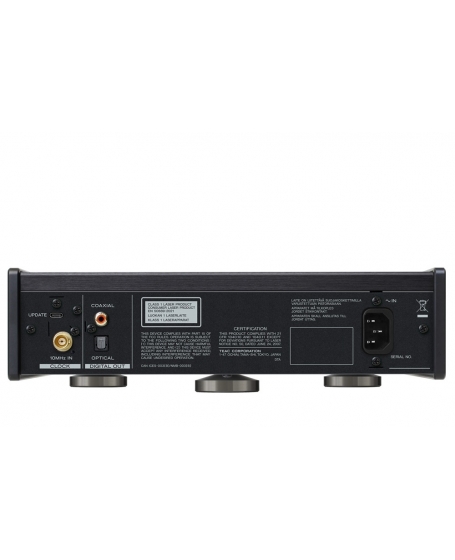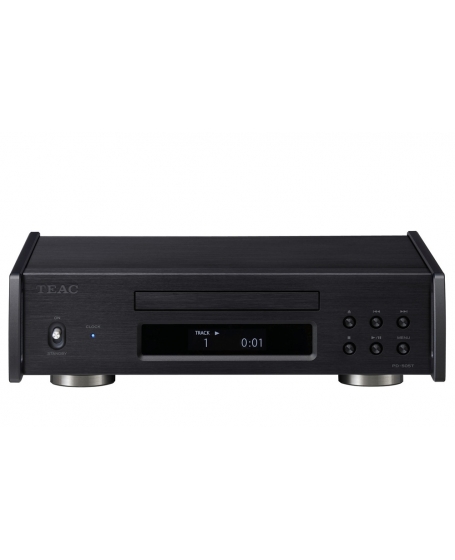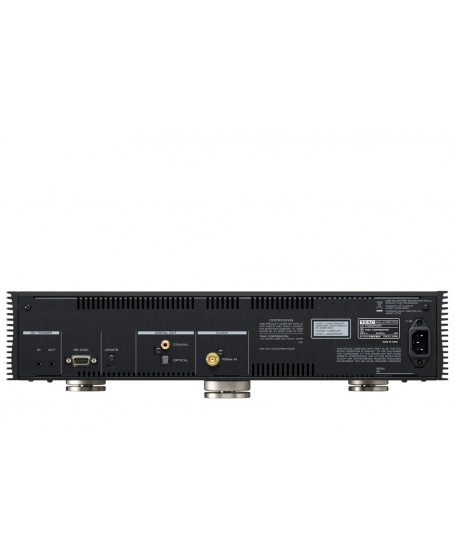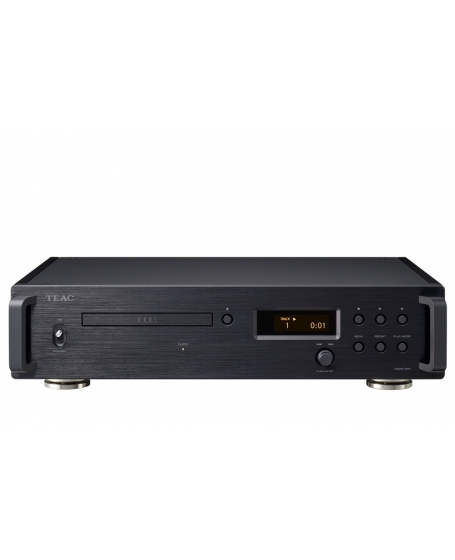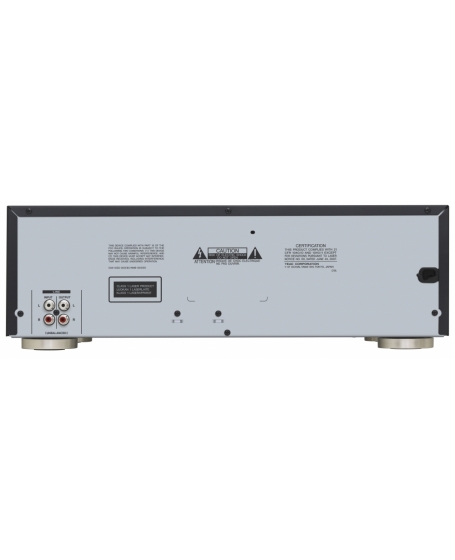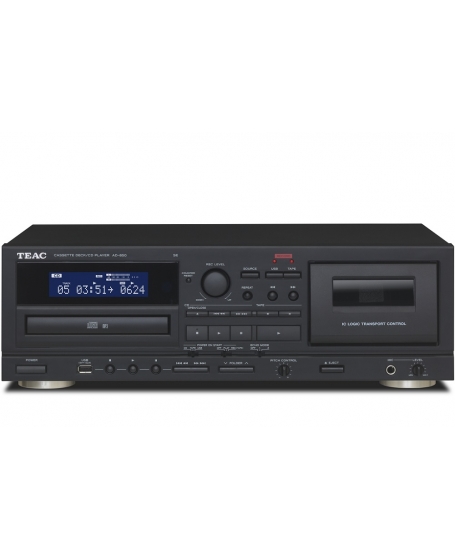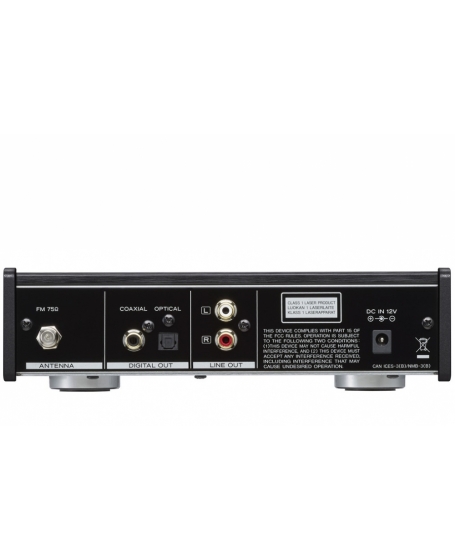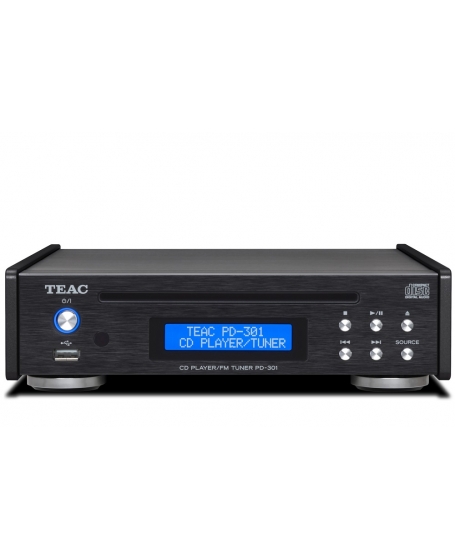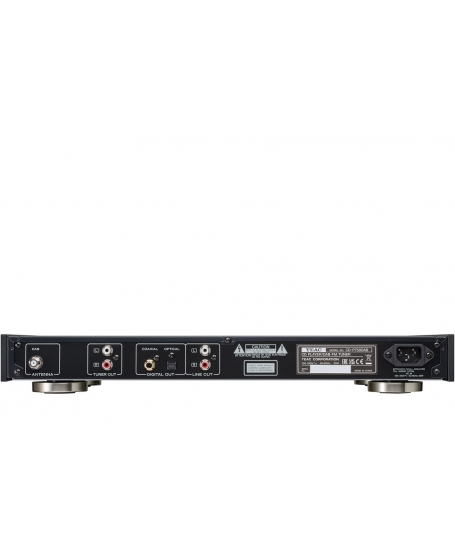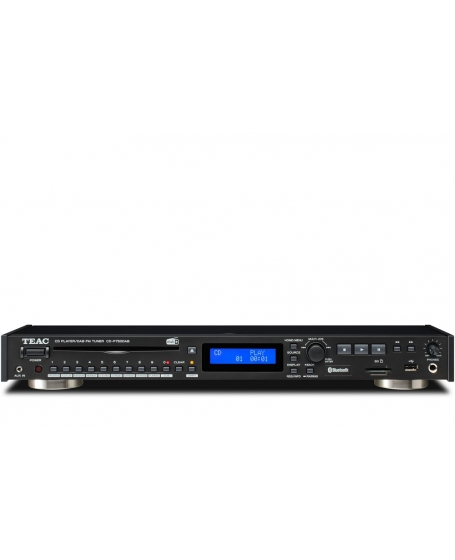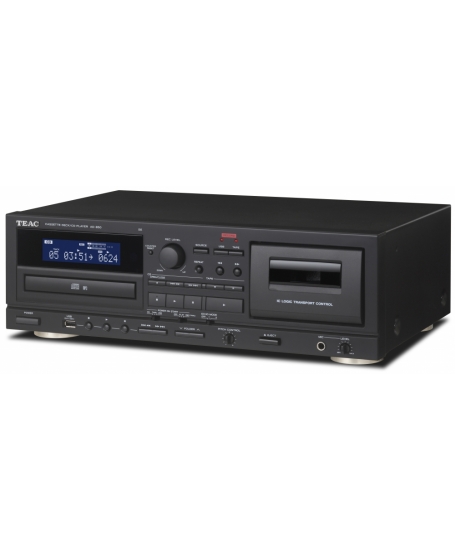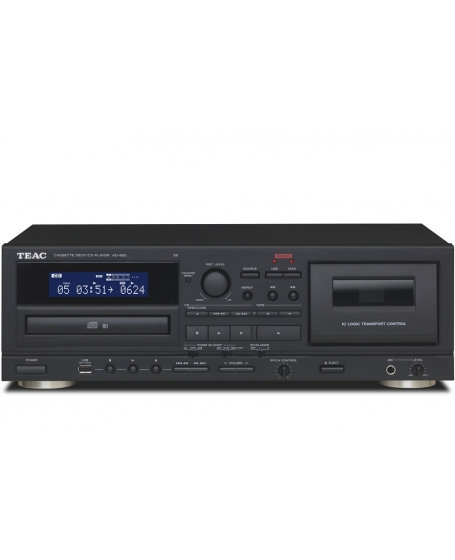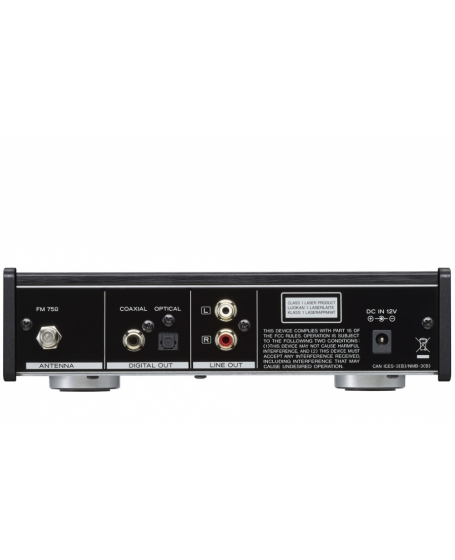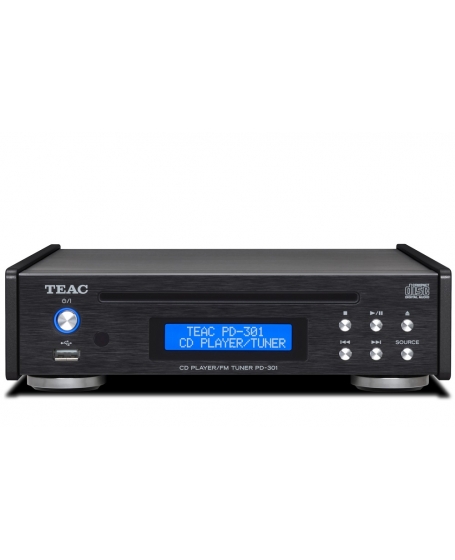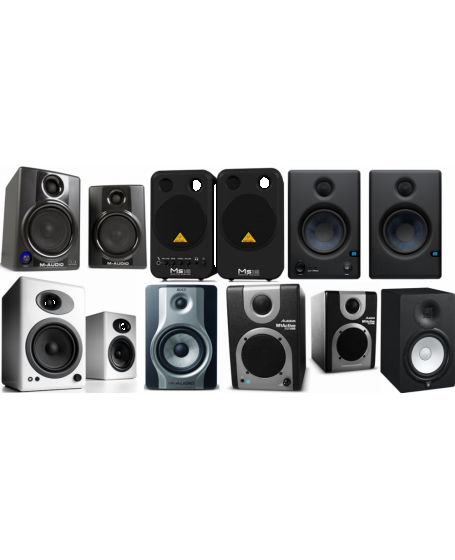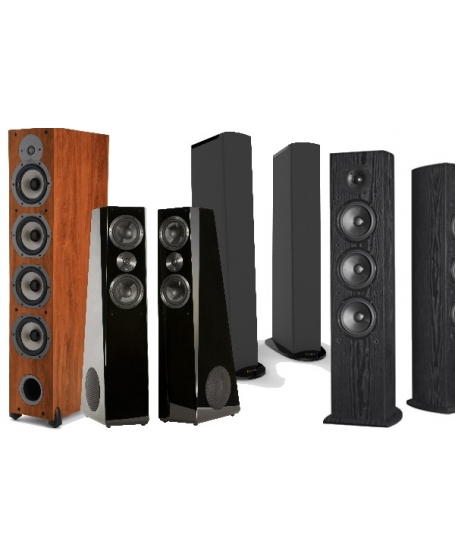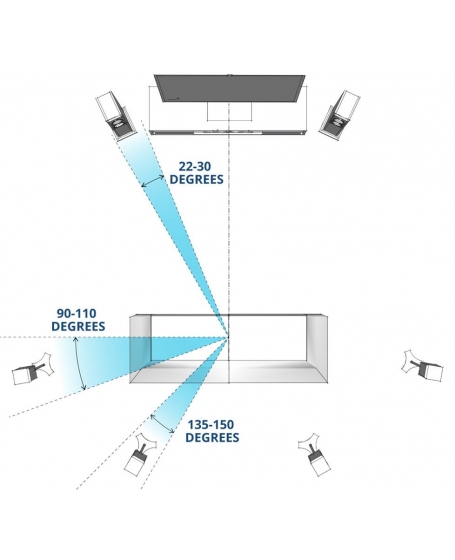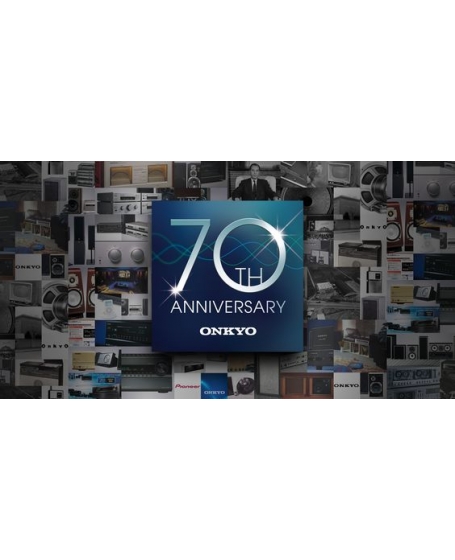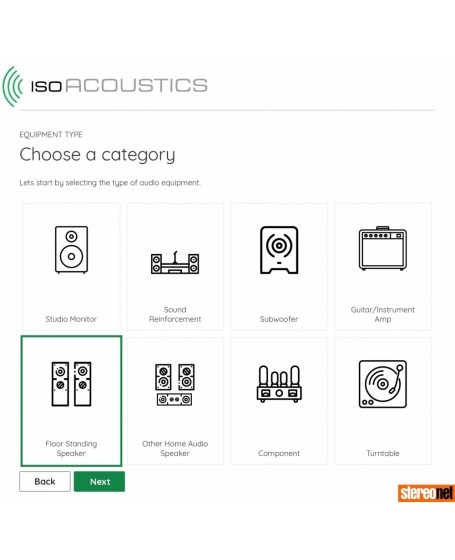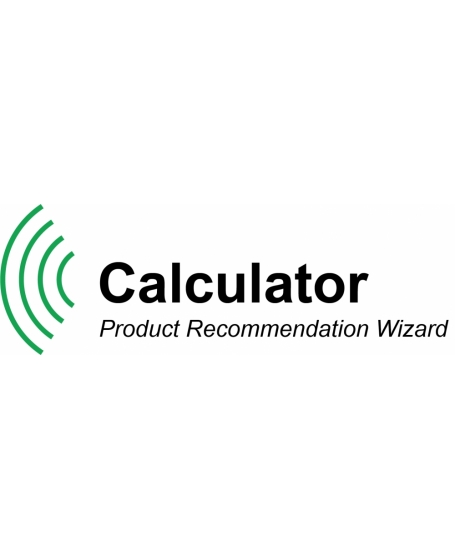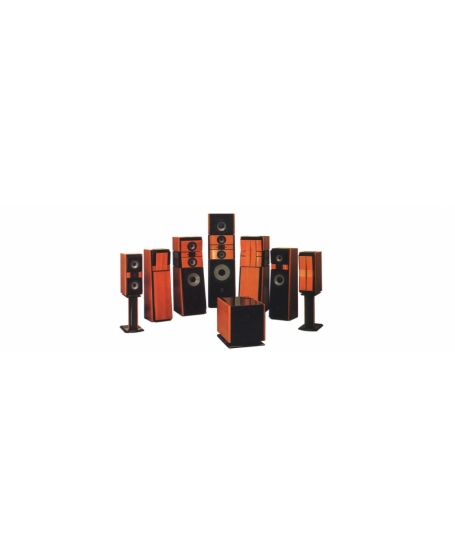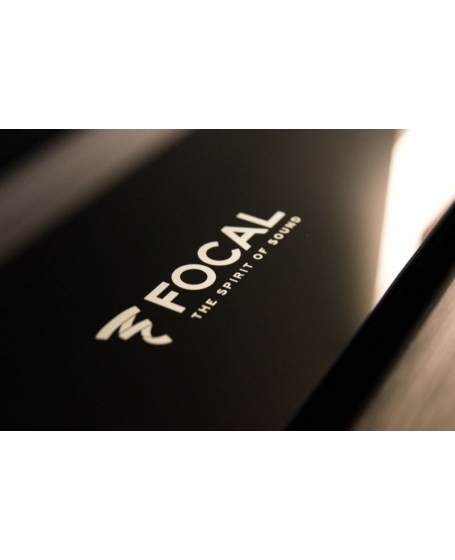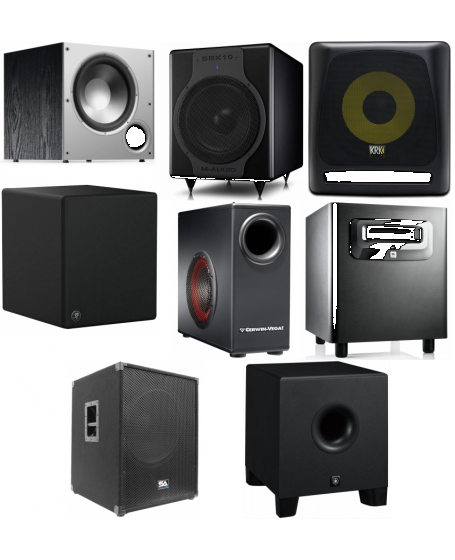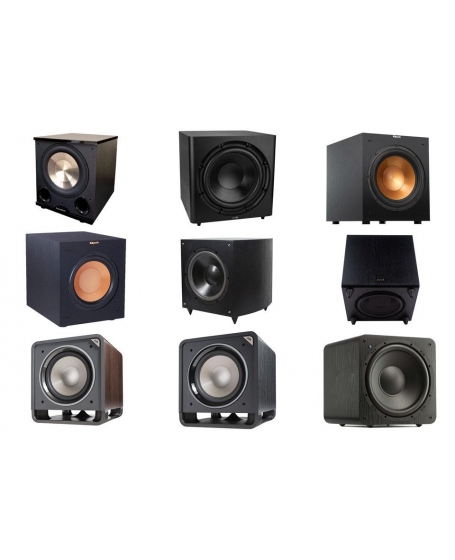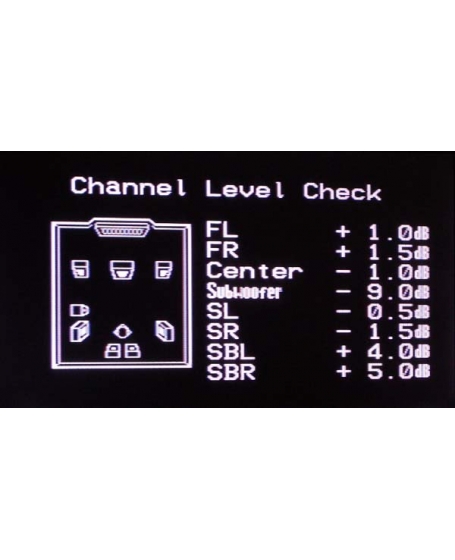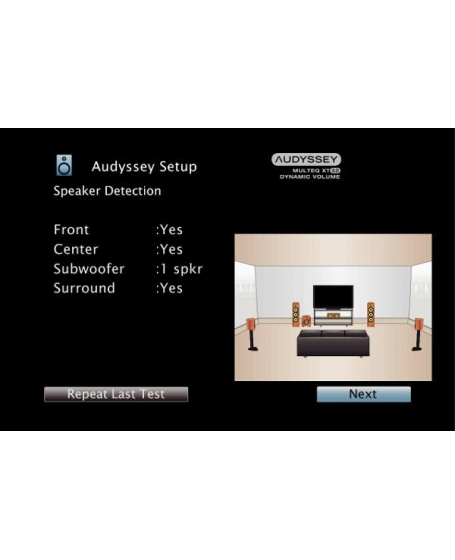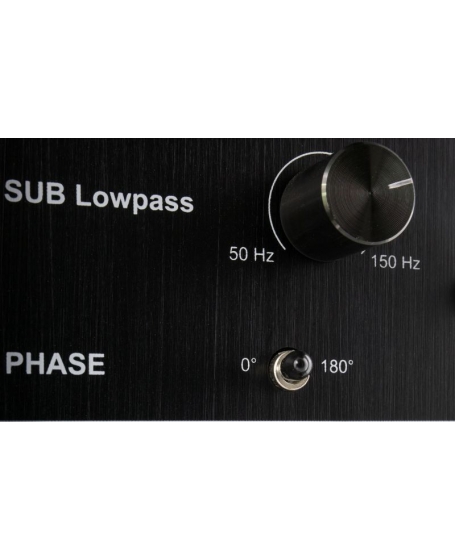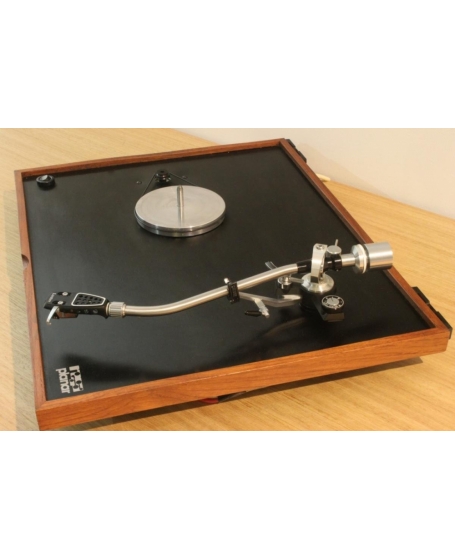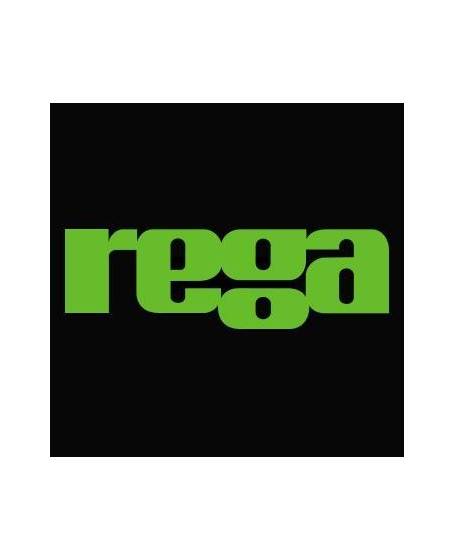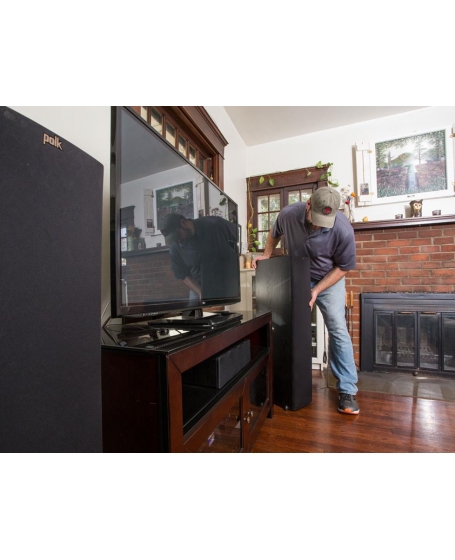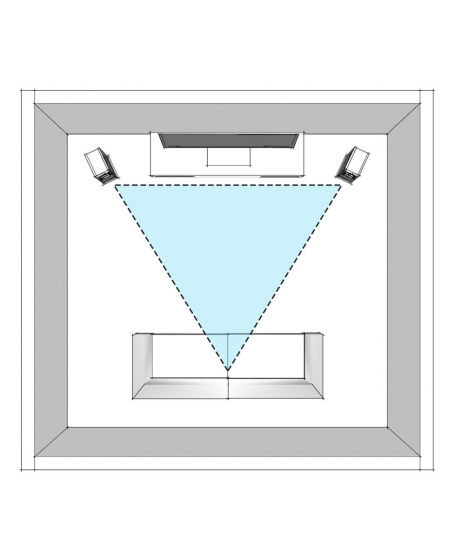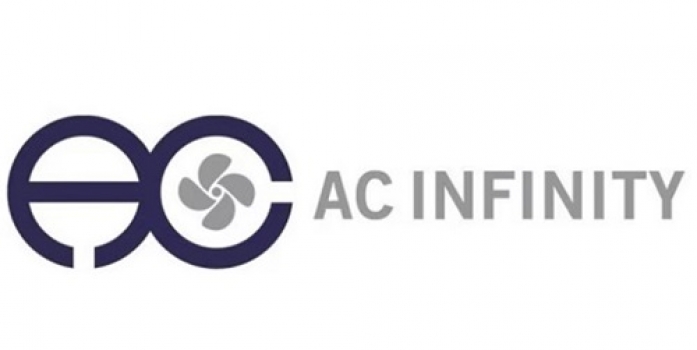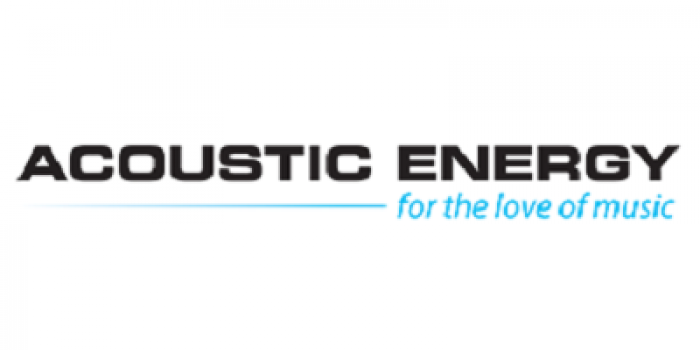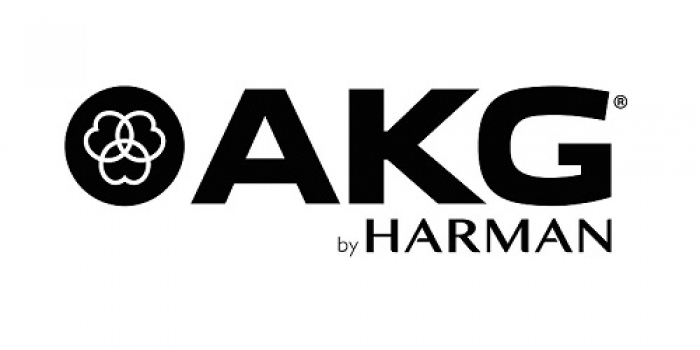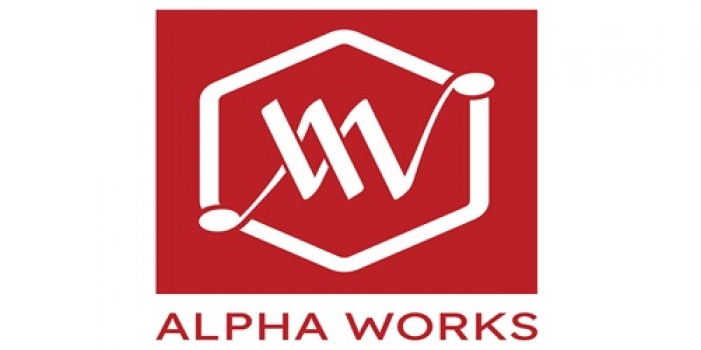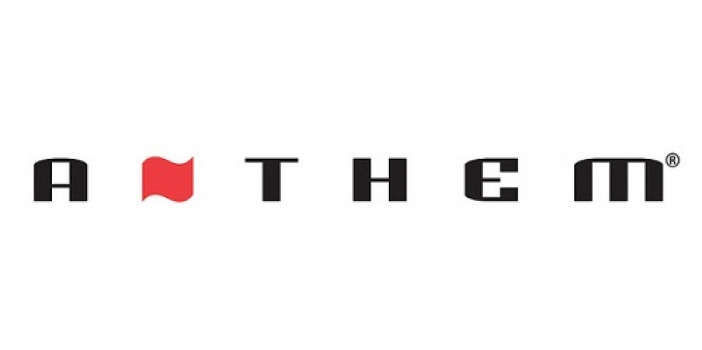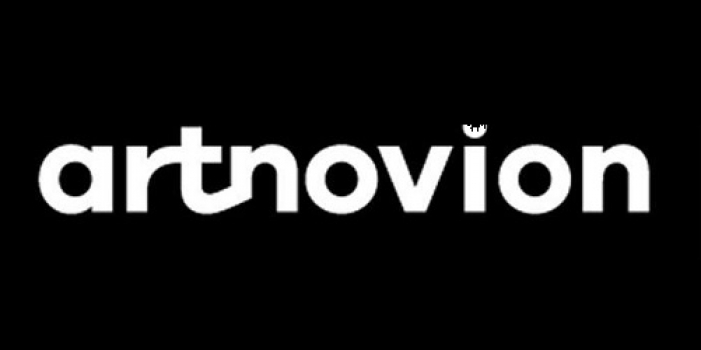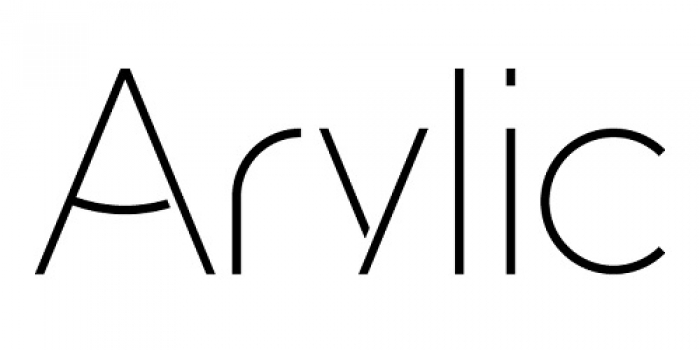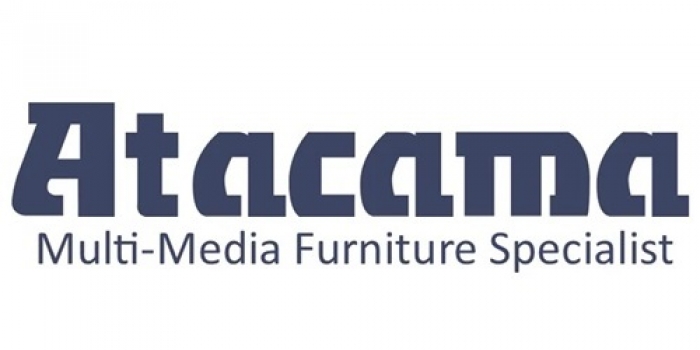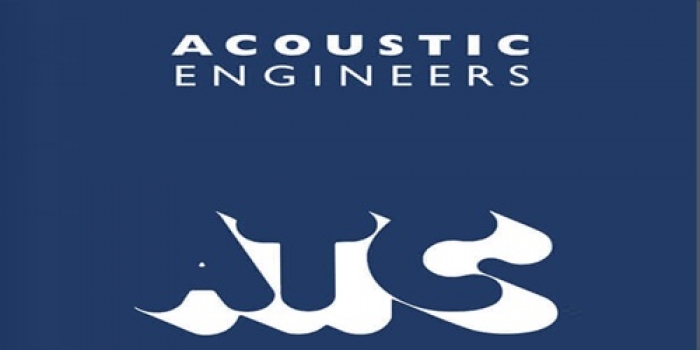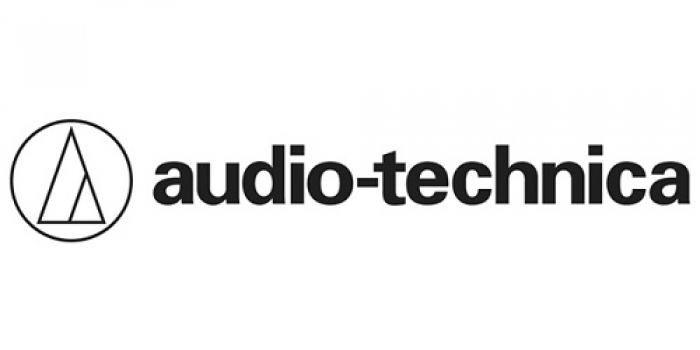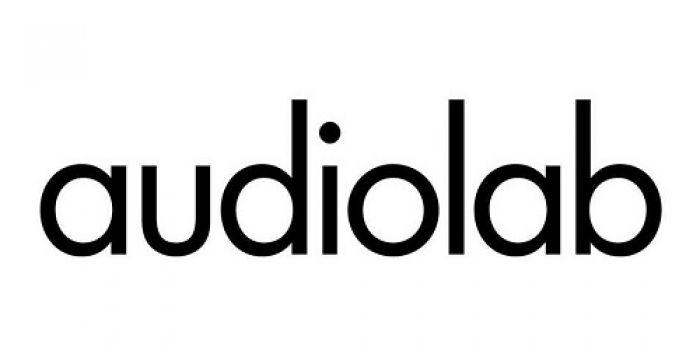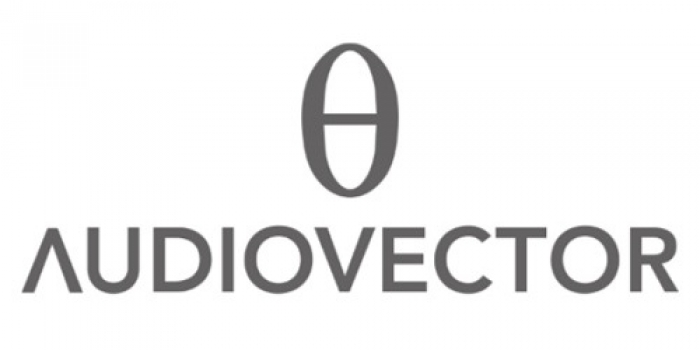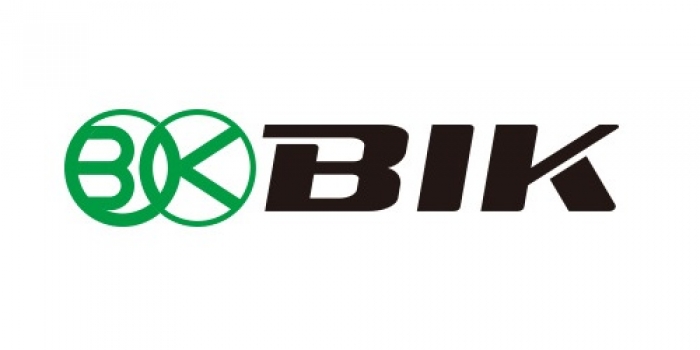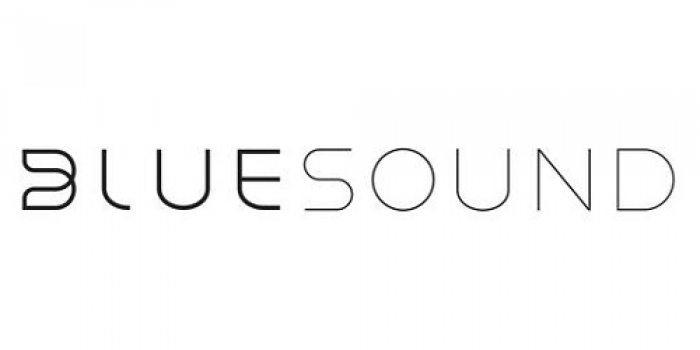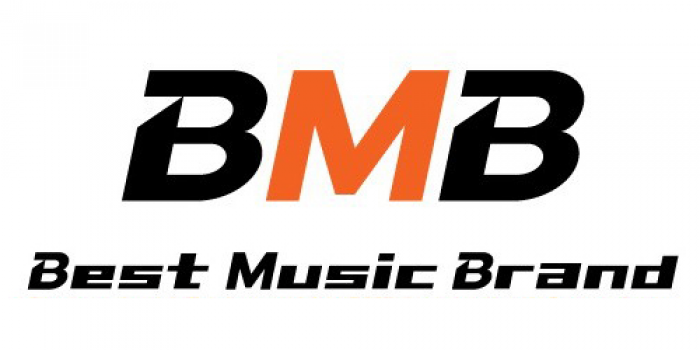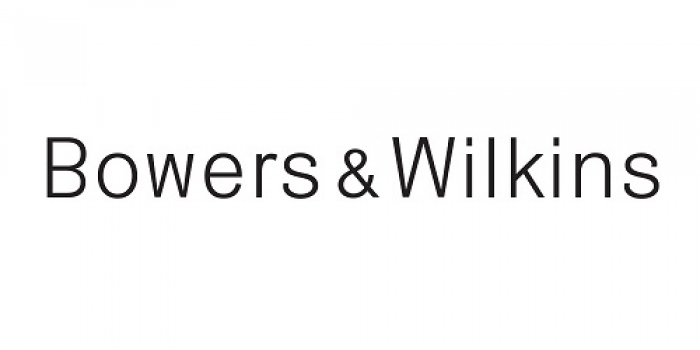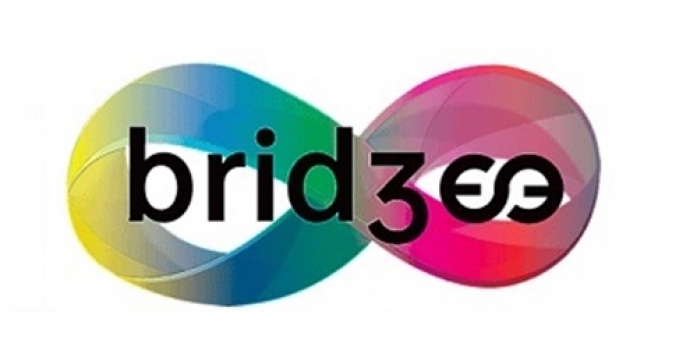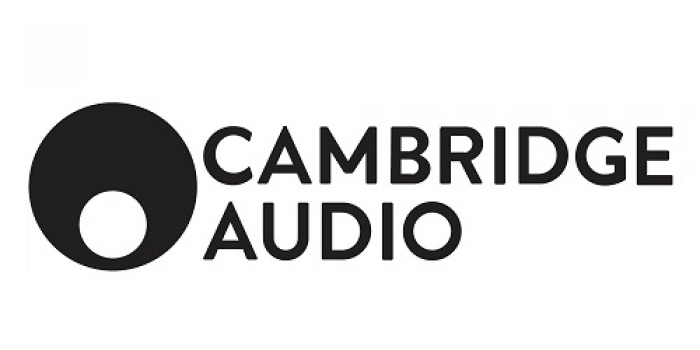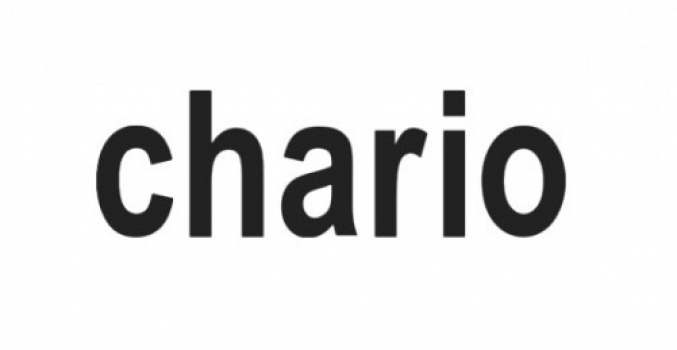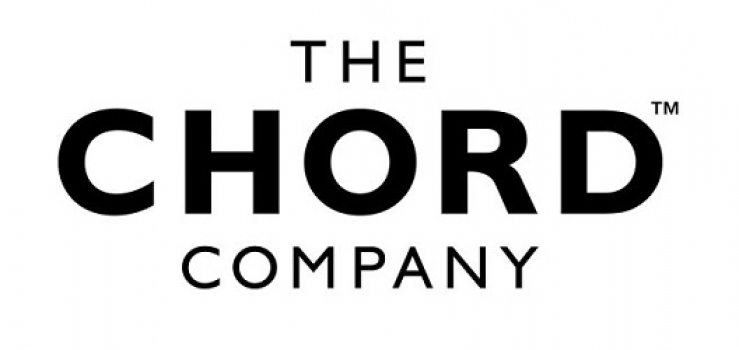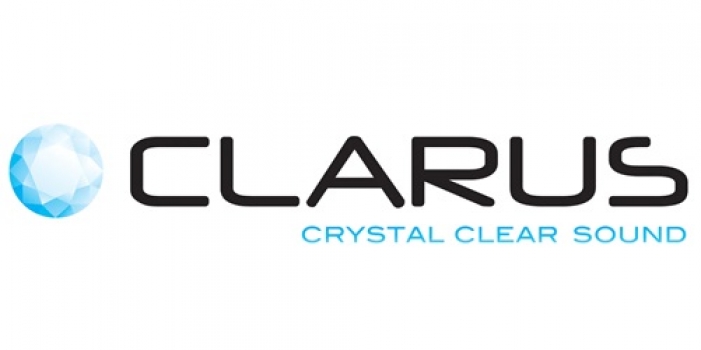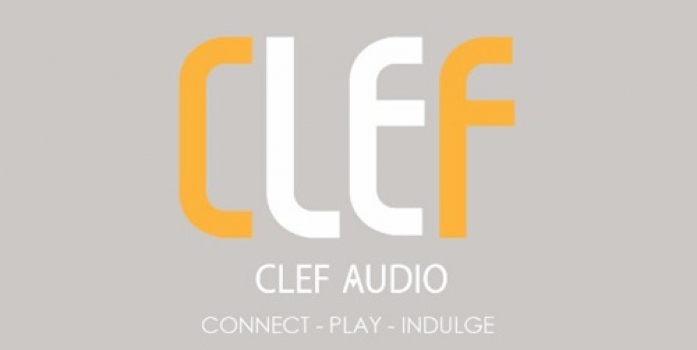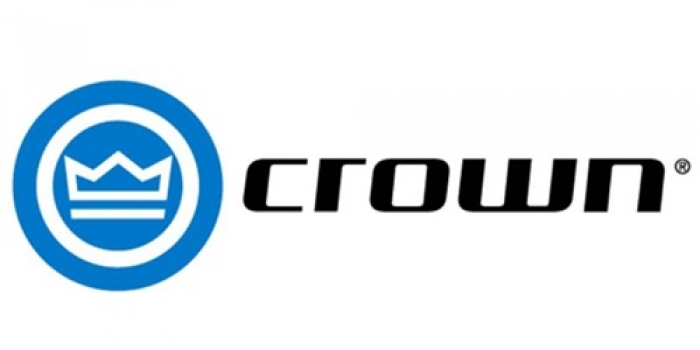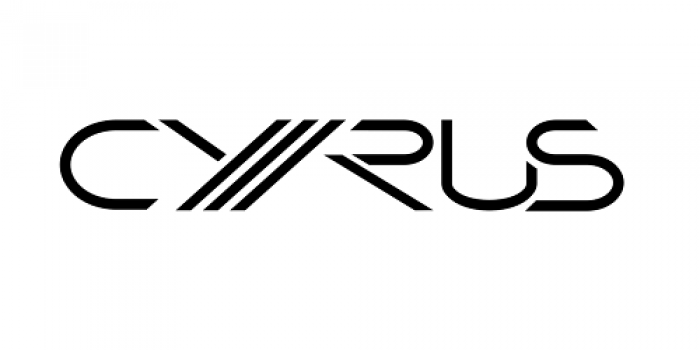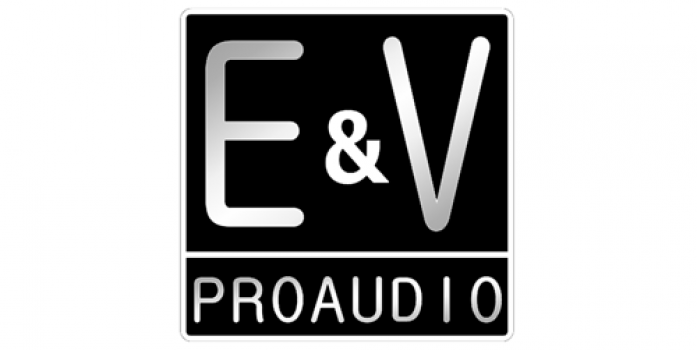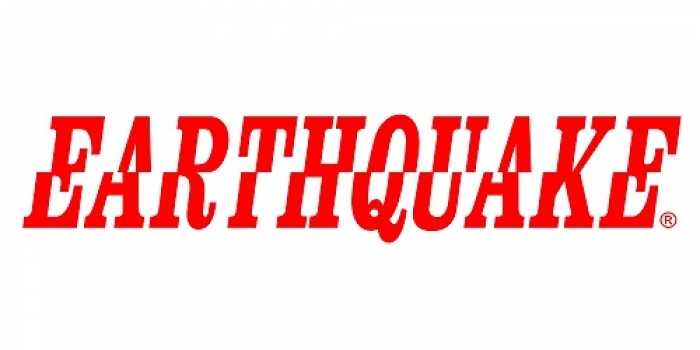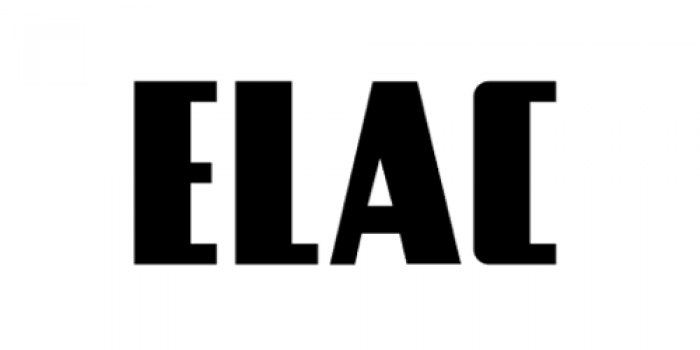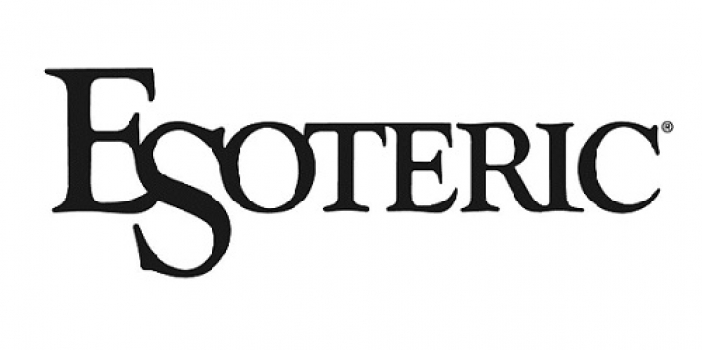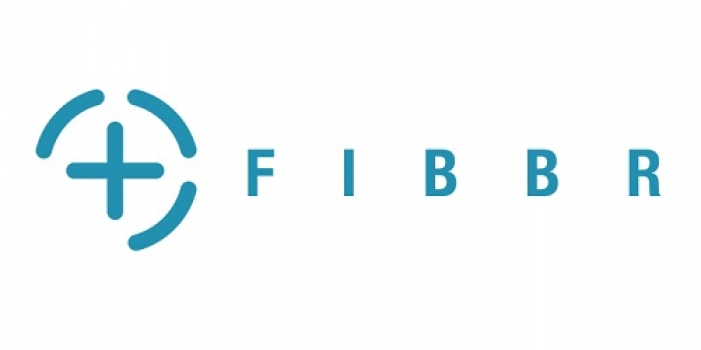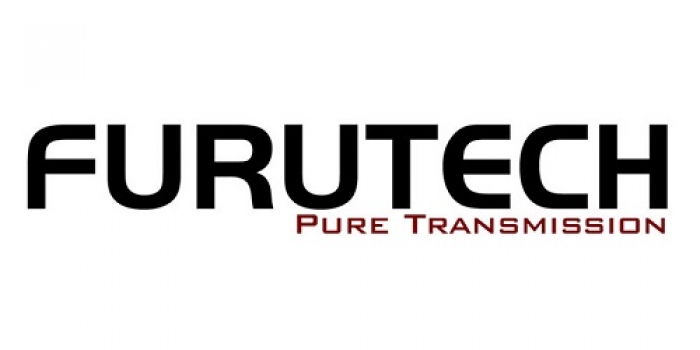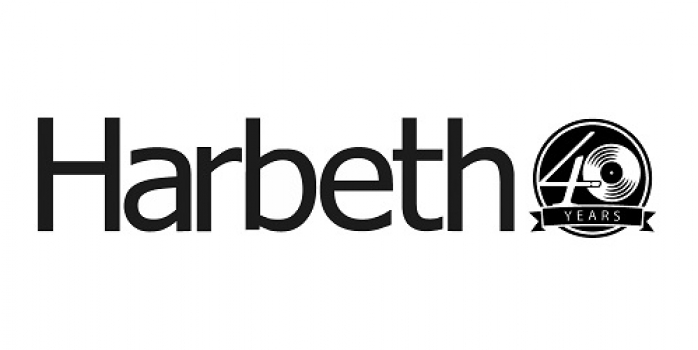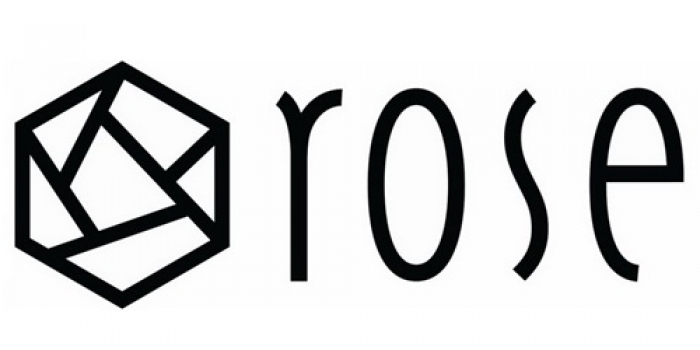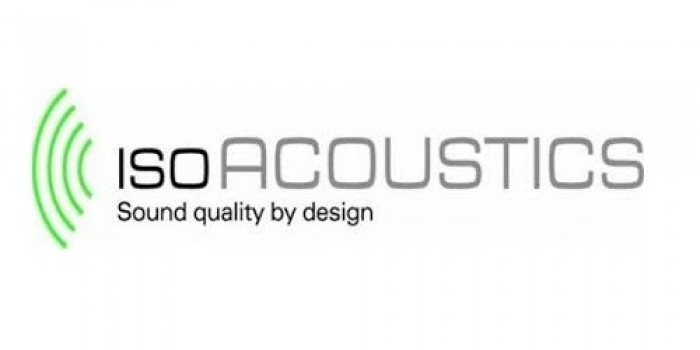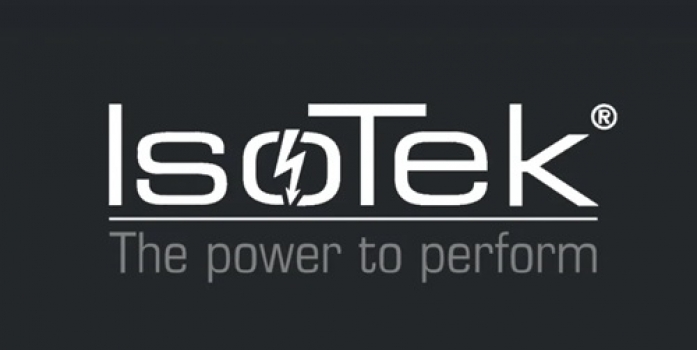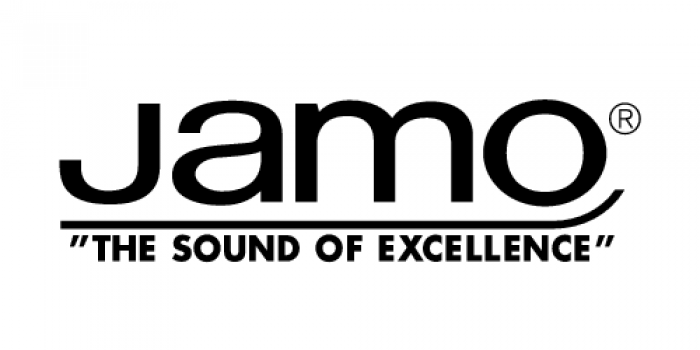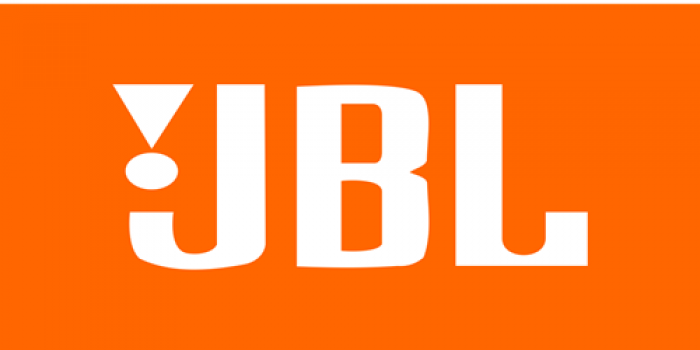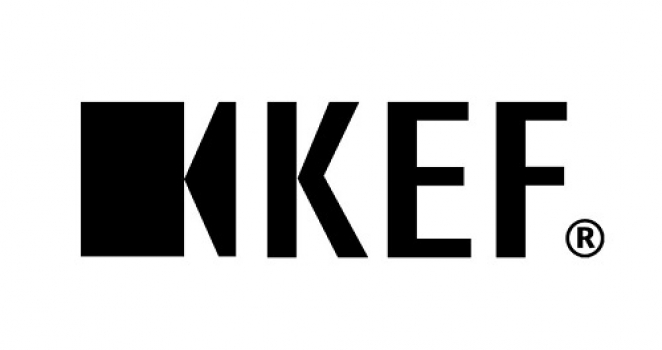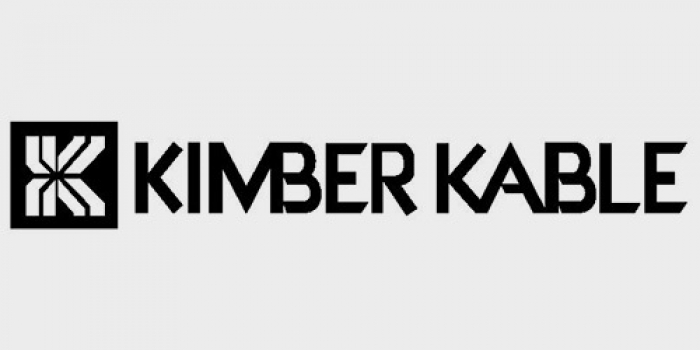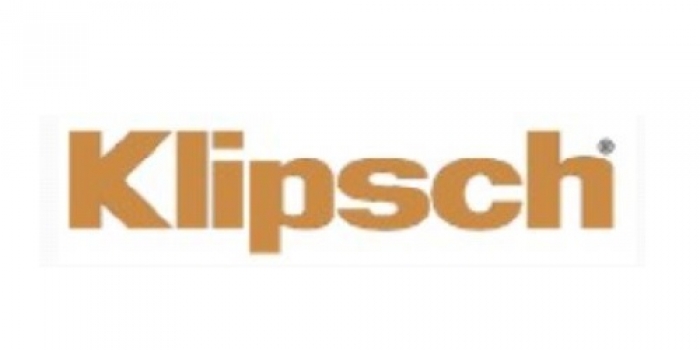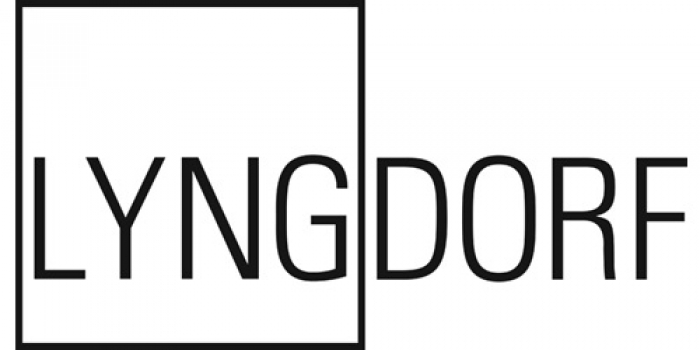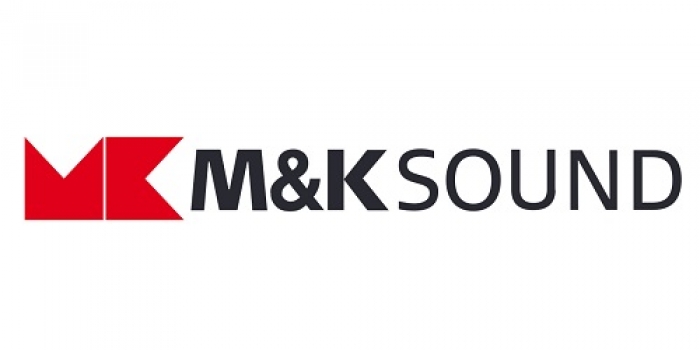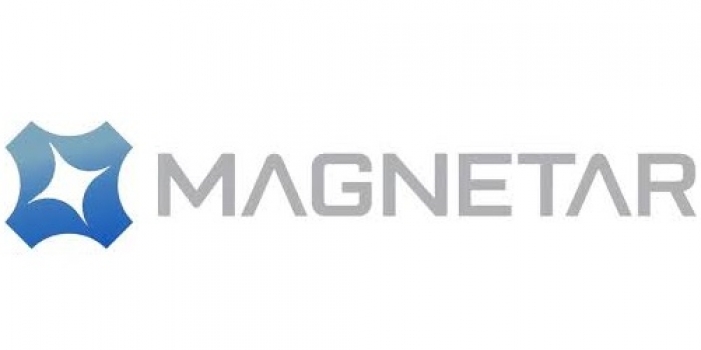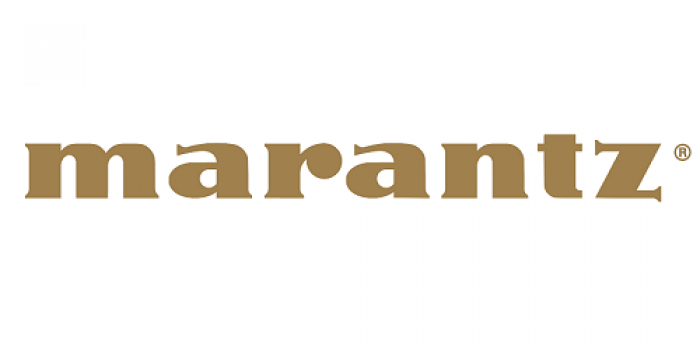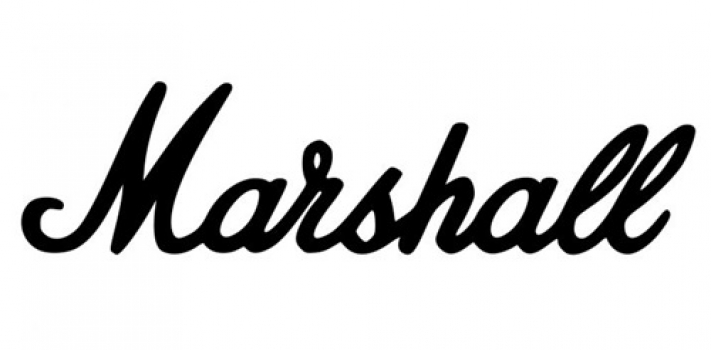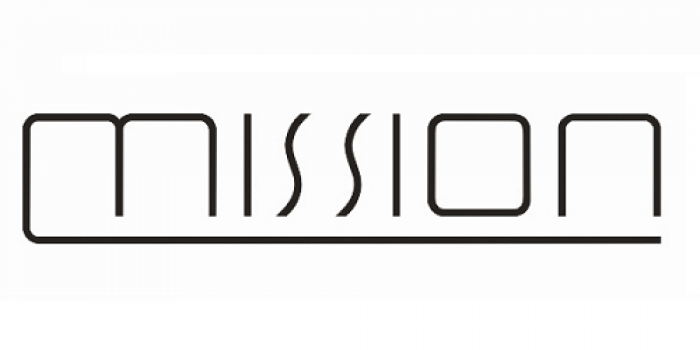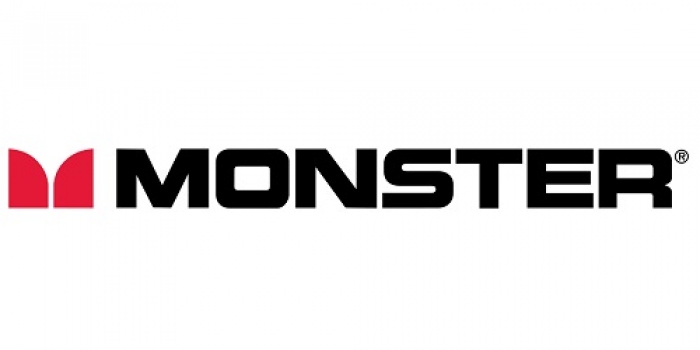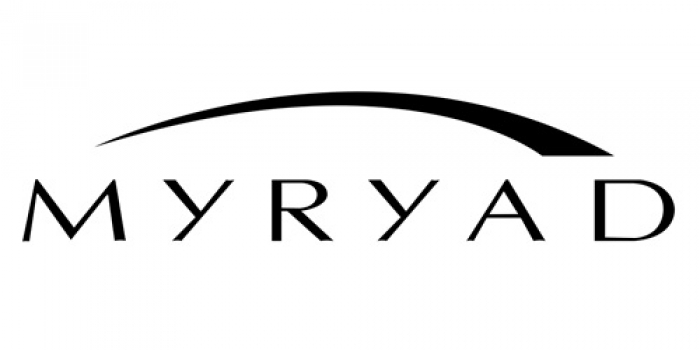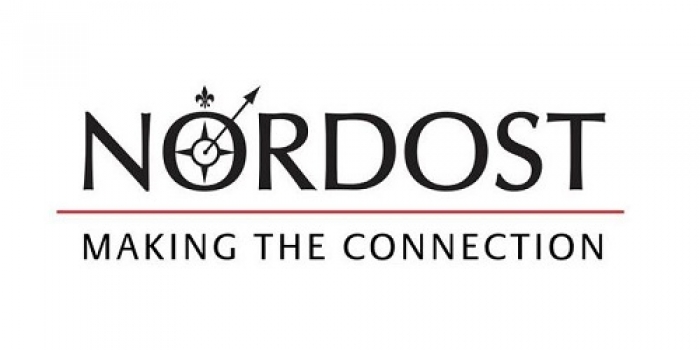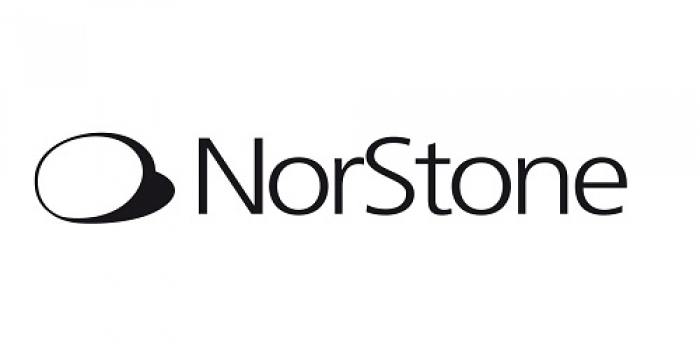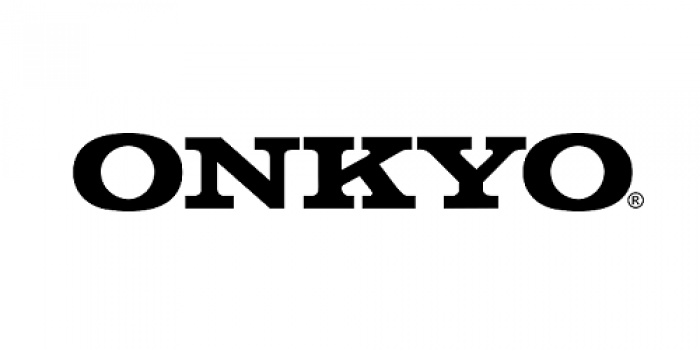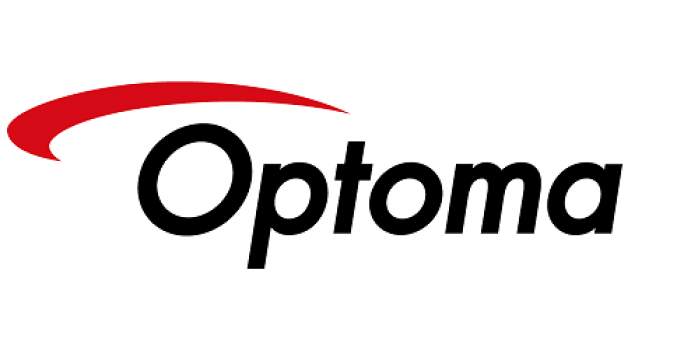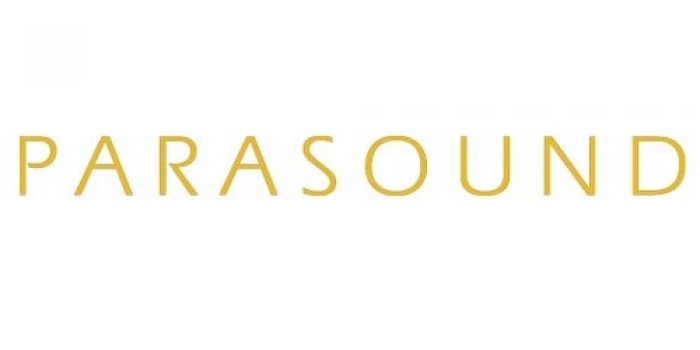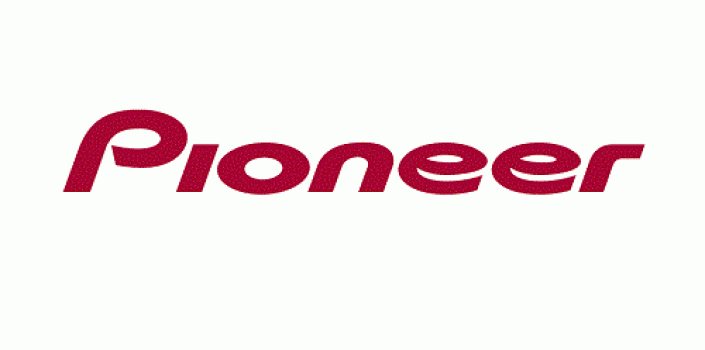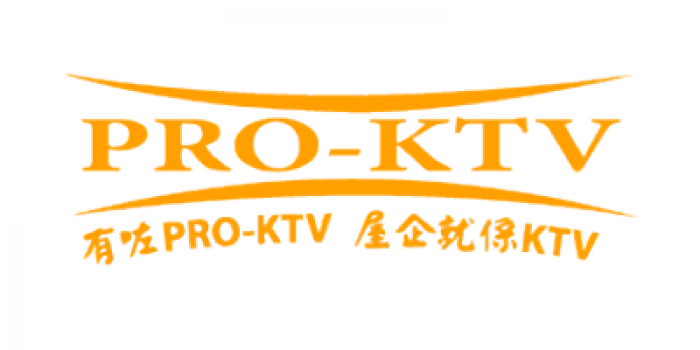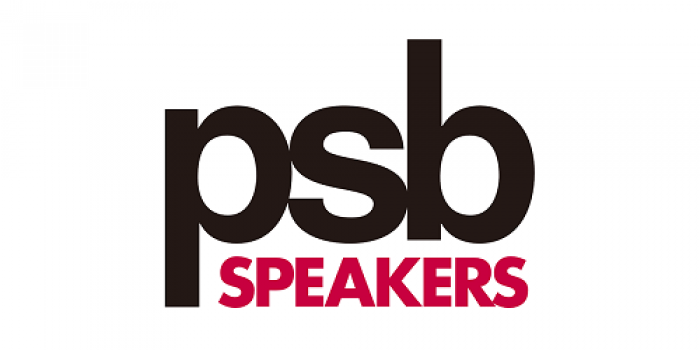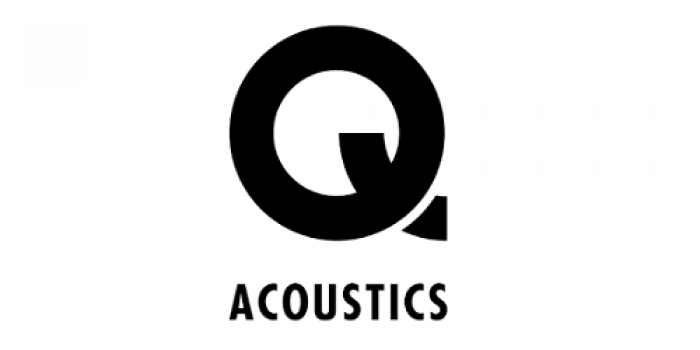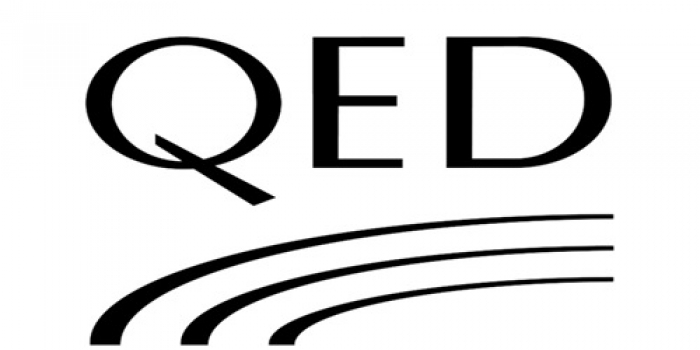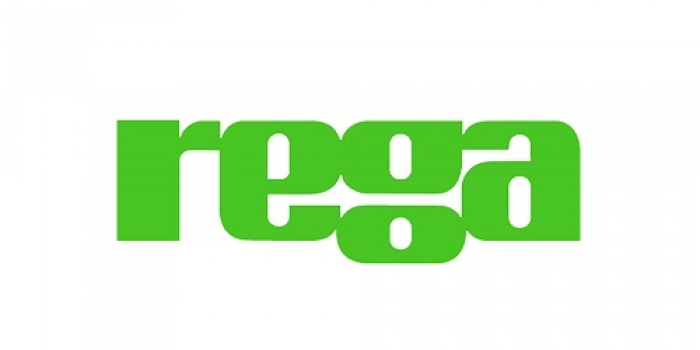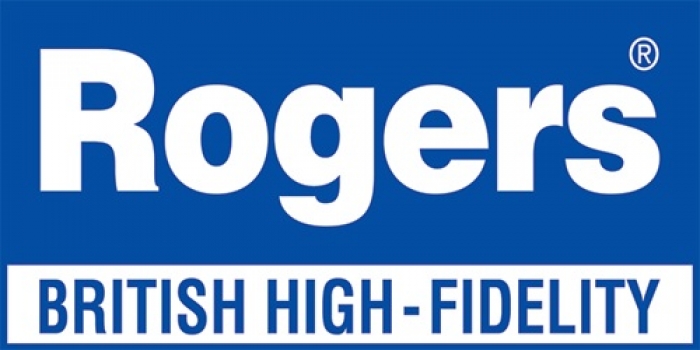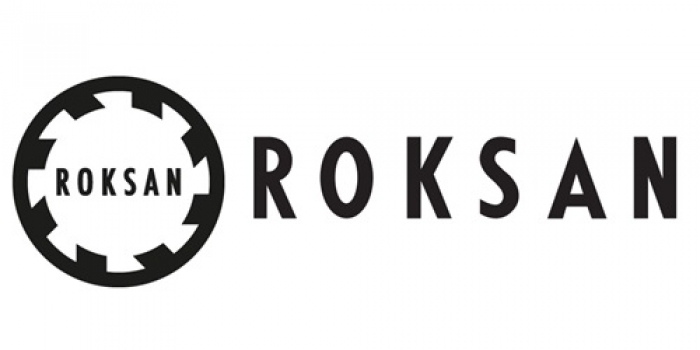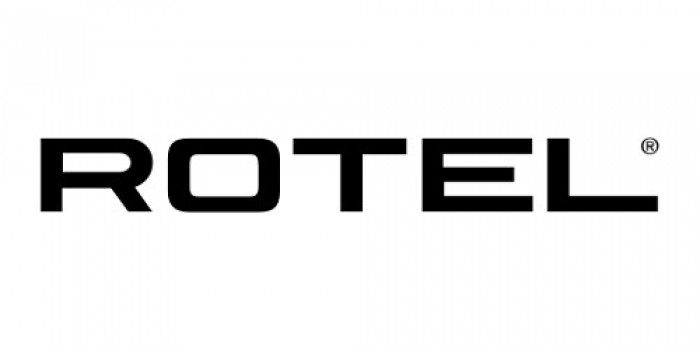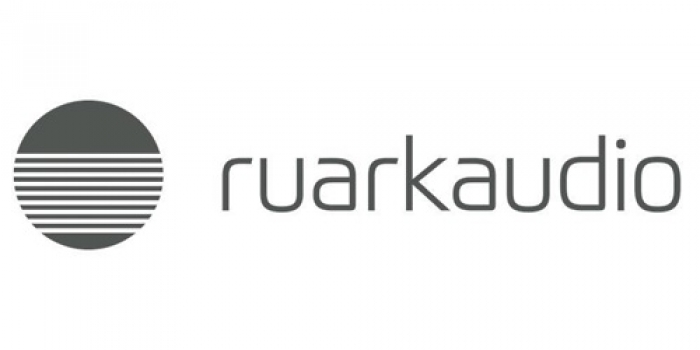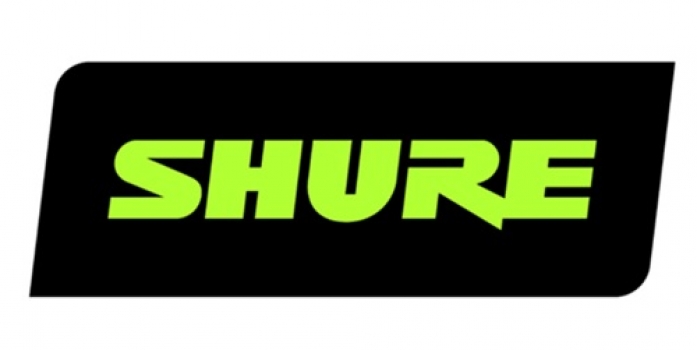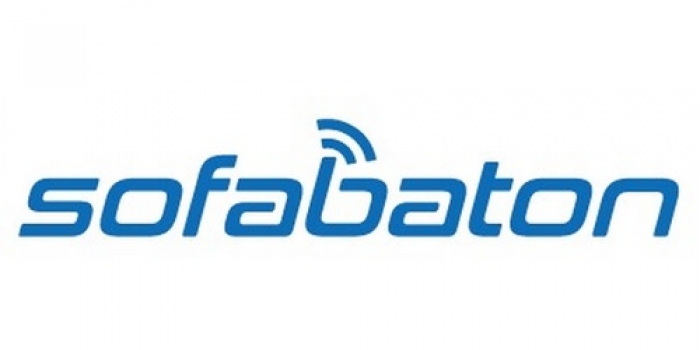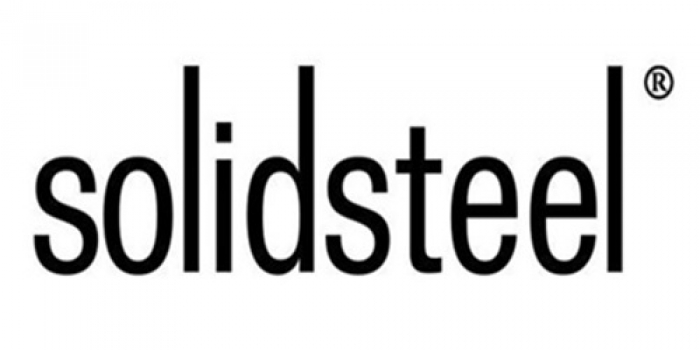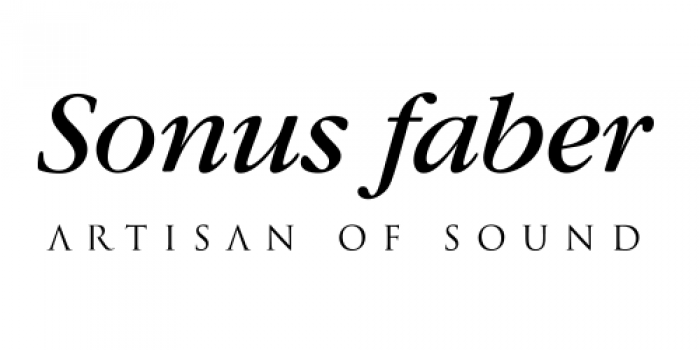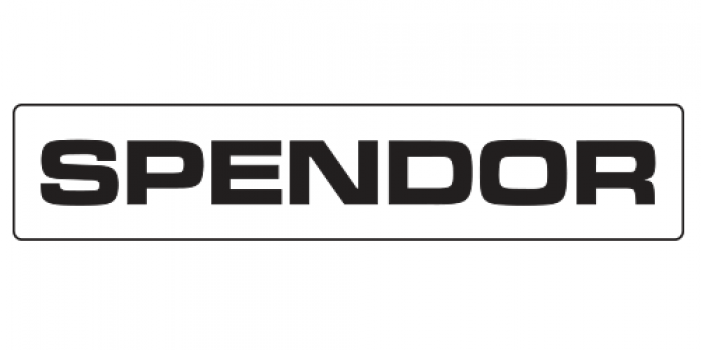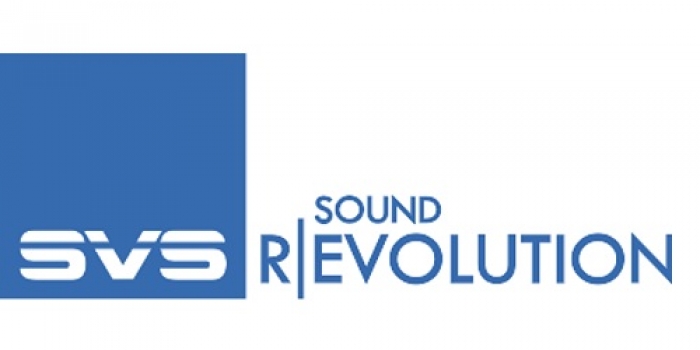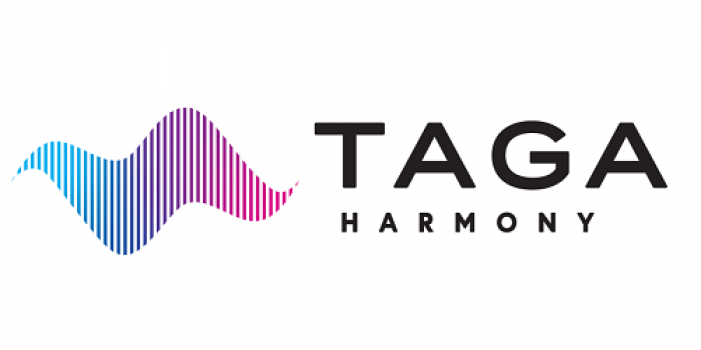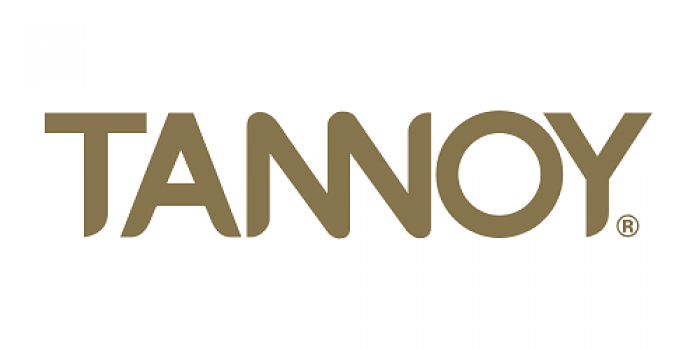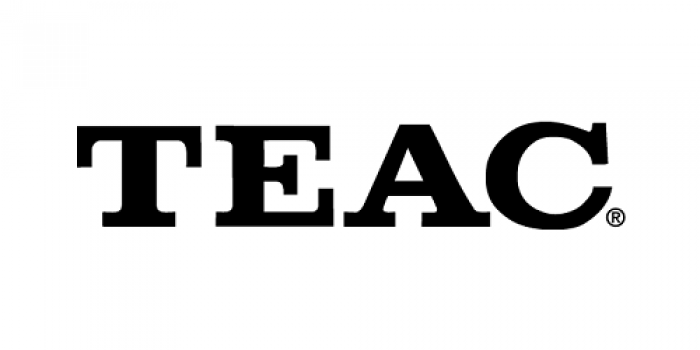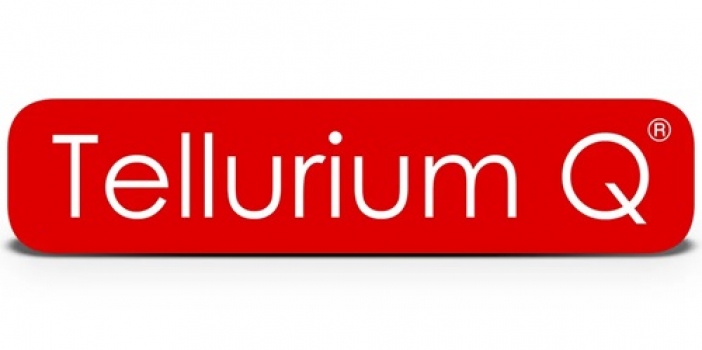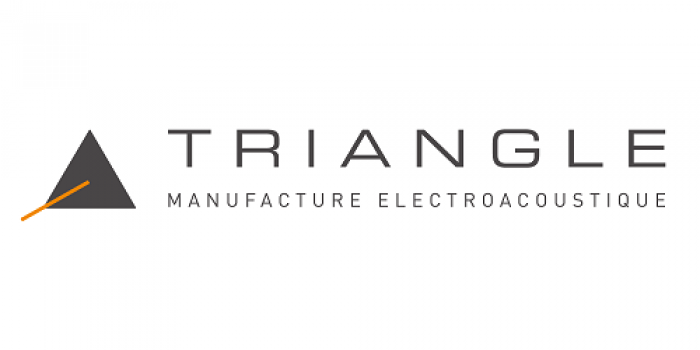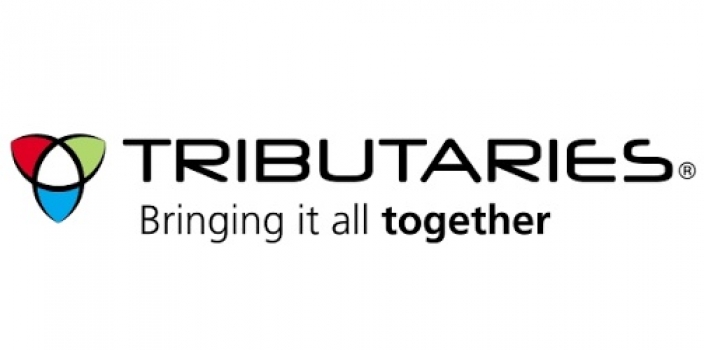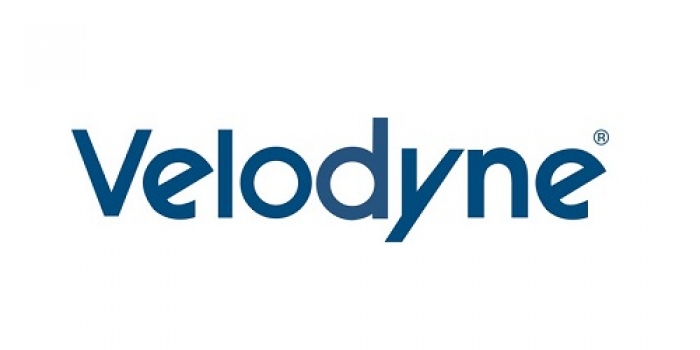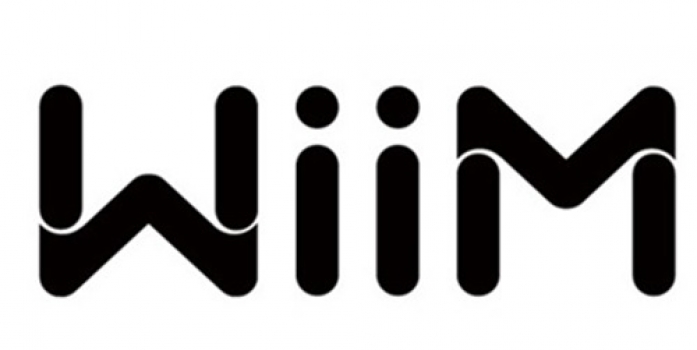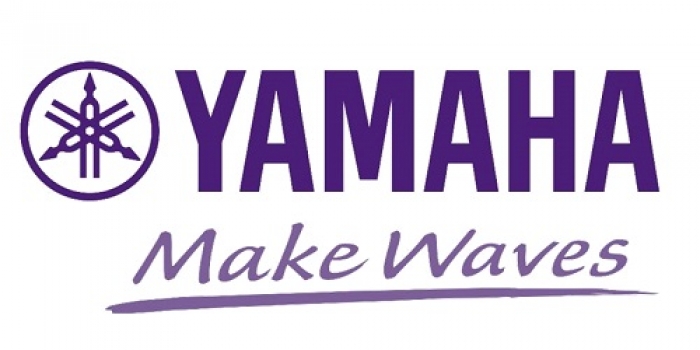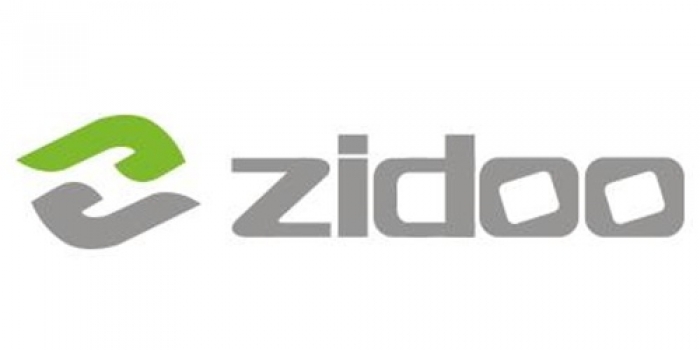TEAC VRDS-701 CD player
SKU: TEAC VRDS-701Single-Disc VRDS CD Drive
384 kHz / 32-bit USB DAC
MQA Full Decoder
Balanced XLR & Unbalanced RCA Outputs
Digital Coaxial & Optical Outputs
Digital Coaxial, Optical & USB-C Inputs
Integrated Headphone Amplifier
RS-232 Controllable
3.5mm 12V Trigger In & Out
TEAC VRDS-701
CD player
Commemorating the 70th anniversary of our founding, this model brings innovation and epitomizes TEAC strengths, including a newly-developed VRDS mechanism.
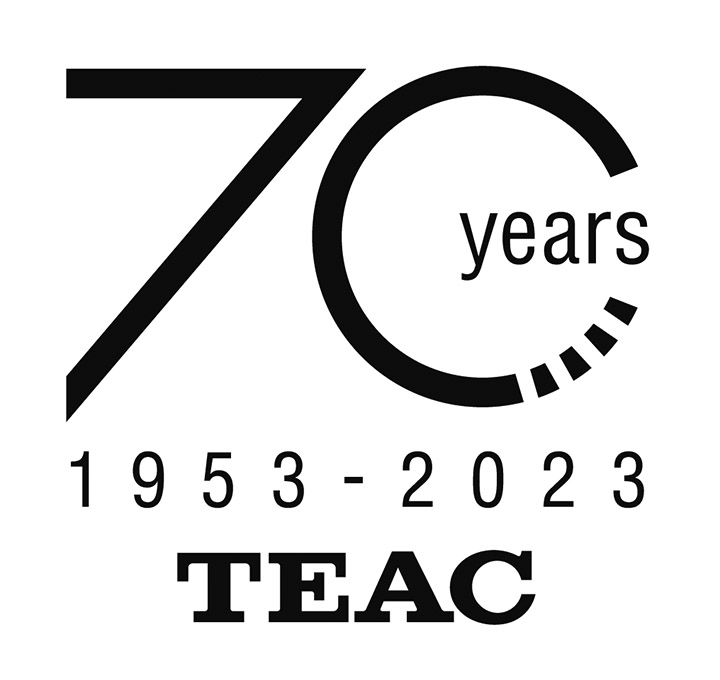
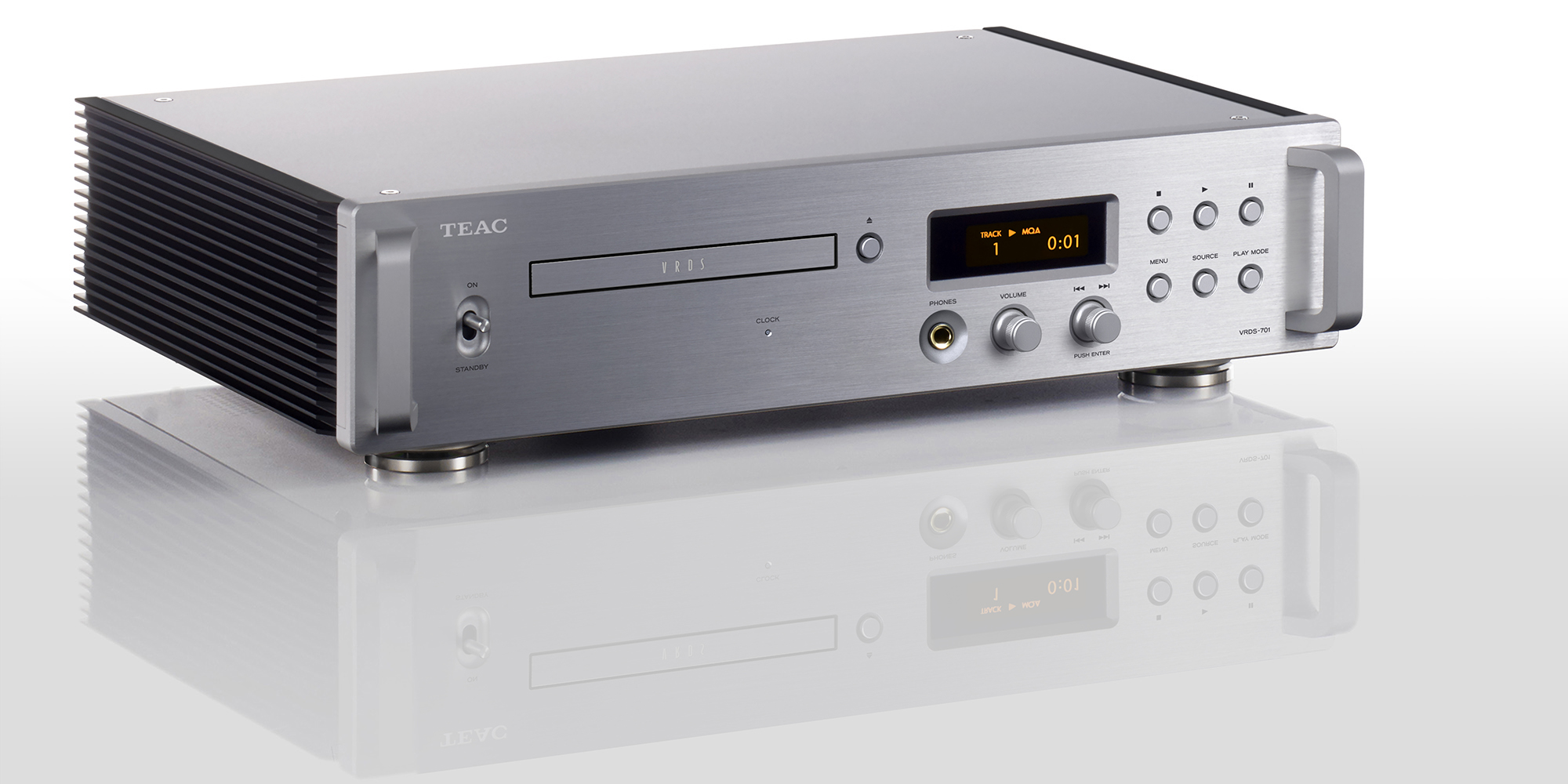
The VRDS-701 CD player employs a newly-developed VRDS mechanism and a TEAC original discrete DAC.
The VRDS is a TEAC-original CD drive mechanism that reduces rotation vibration and other unwanted vibration by clamping the CD to an aluminum turntable with the same diameter in order to maximize inertial mass.
Furthermore, instead of an ordinary DAC IC for the DAC section, which is crucial to audio quality,
the VRDS-701 has a TEAC ΔΣ (delta-sigma) discrete DAC that incorporates our unique algorithms in a discrete circuit.
Unconstrained by conventional CD player definitions, the VRDS-701 is enhanced with future-forward functionality.
The ability to play MQA CDs using full MQA decoding capabilities and support for 22.5MHz DSD and 384kHz/32-bit PCM formats as a USB DAC are some of the features that make it more than just a CD player.
Newly-developed VRDS mechanism
Starting with a drive we developed that has a long record of use in professional applications, we added VRDS technologies, which are part of our TEAC legacy.
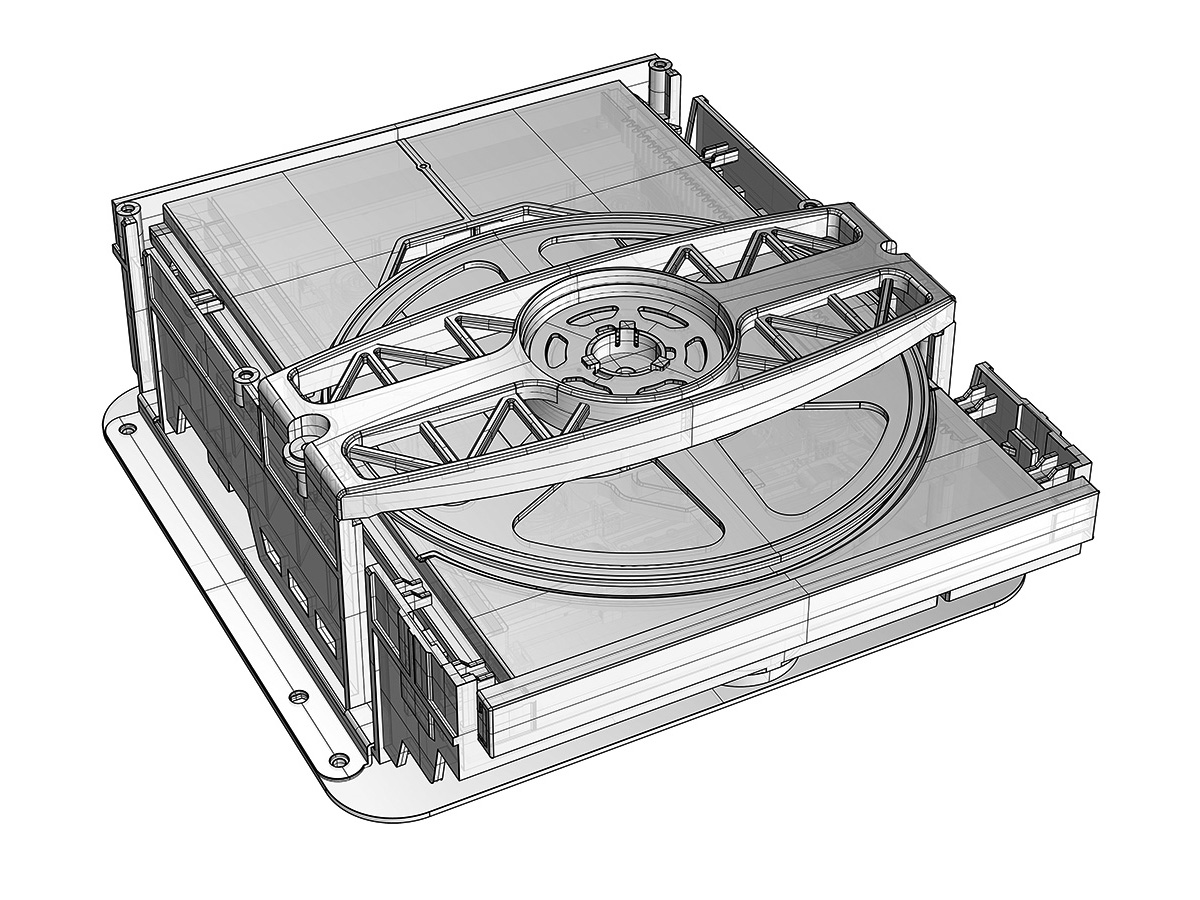
Vibration-Free Rigid Disc-Clamping System (VRDS)
This TEAC-original CD drive mechanism reduces rotation vibration of the disc itself as well as unwanted mechanism vibration by clamping the CD to an aluminum turntable with the same diameter and maximizing inertial mass in order to stabilize rotation. Servo current is reduced with the turntable by correcting disc warping and distortion and improving the relative optical axis precision of the pickup and disc pit side. This realizes reduced disc reading errors and outstanding audio quality.
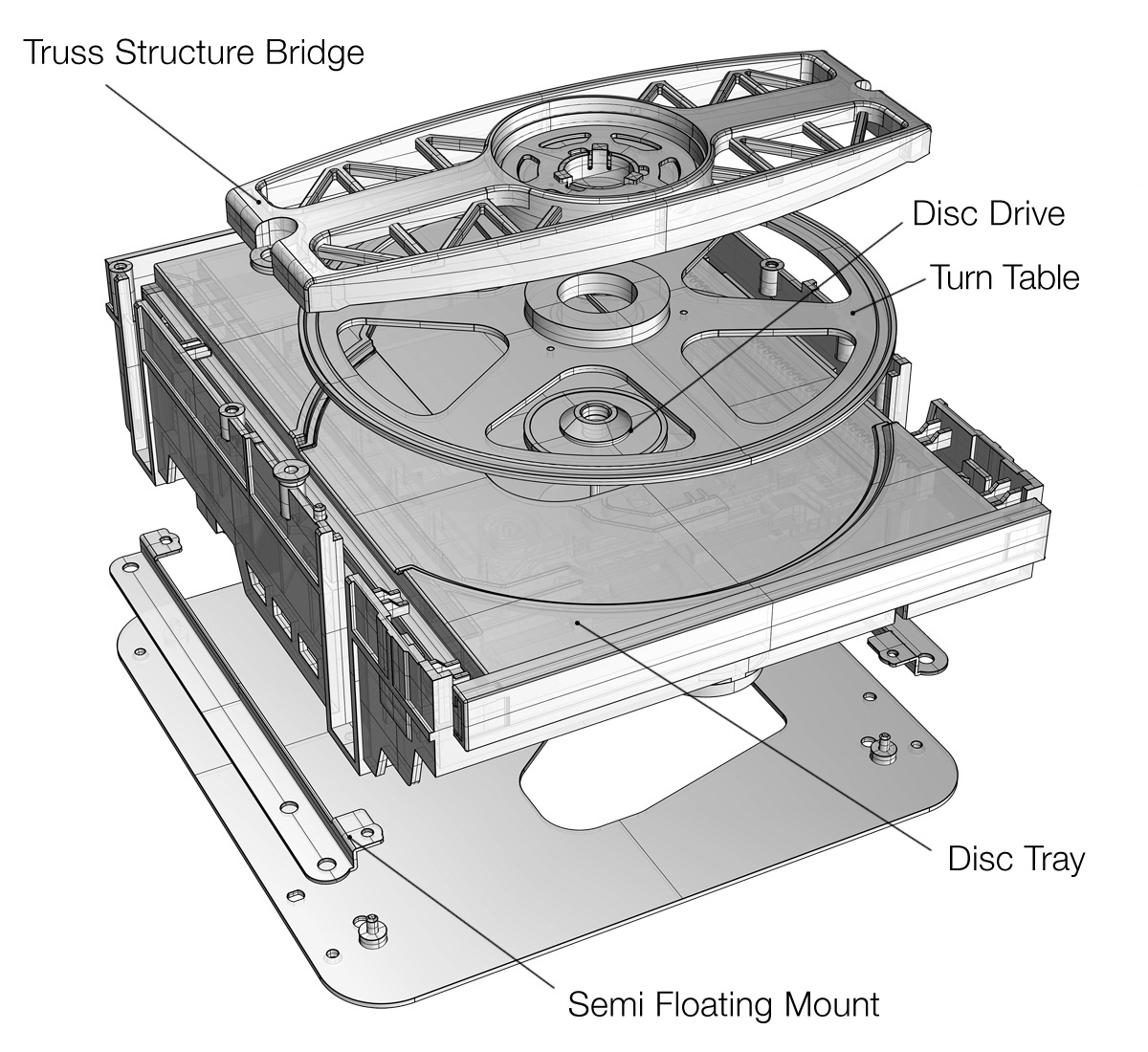
Bridge section supports the VRDS
For the bridge that supports the turntable, we carefully selected lightweight materials that are very rigid and do not transmit vibration. By naturally settling vibrations quickly, we have realized a wide, dynamic sound. The bridge, which has a torus structure made of resin, is only fixed on one side, and propagation of vibration from the CD mechanism to the opposite side through the bridge is suppressed, so the entire mechanism minimizes unwanted sympathetic vibrations.
Semi-floating mounting
The entire CD mechanism is mounted on the sub-chassis in a semi-floating state. By controlling the transmission of vibrations between the CD mechanism and the chassis, the impact of sympathetic vibrations is abated, and natural playback sound is realized throughout the frequency range. By isolating motor vibrations from the main chassis, sympathetic vibrations within the chassis are prevented. At the same time, the CD mechanism is also isolated from external vibrations. Reading precision is also increased by isolating the CD mechanism from external vibrations.
TEAC ɅƩdelta-sigma discrete DAC
Instead of an ordinary DAC IC, the DAC section, which is critical for determining the sound, is a TEAC ΔΣ (Delta Sigma) discrete DAC that consists of a discrete circuit structure that incorporates our unique algorithms using FPGA. DSD signals are left as is, while PCM signals are converted to either 1-bit or multi-bit signals, according to the end users choosing, using a ΔΣ modulator and then output as high-quality analog signals. The sound field that is wide and perfectly clear can be realized only because of this discrete design. The result is that we can say we have achieved the sound sought by TEAC. With a TEAC ΔΣ discrete DAC, playback of 22.5MHz DSD and 384kHz/32-bit PCM data is possible.
Dual mono structure
Using independent left and right toroidal core transformers, we have employed an indulgent dual mono structure for the circuitry from the power supply circuit through the D/A converter section to the analog output stage.
The dual mono structure has two sets of circuitry that provide complete mono paths for each channel. This prevents interference between the left and right signals and realizes rich musical expression that emphasizes perception of the sound space and three dimensionality.
Fully-balanced transmission at every stage
Fully-balanced transmission of the left and right analog output signals from D/A conversion to the final output stage contributes greatly to improving the signal-to-noise ratio and extending the dynamic range. The sense of air that high-resolution audio sources have can be transmitted without loss in an even purer state.
Direct connection is possible with power amplifiers that use TEAC-QVCS
TEAC-QVCSThis player can be directly connected to a power amp and used without a preamp due to the inclusion of TEAC-QVCS, which is an analog variable gain amp type attenuator with a fully-balanced structure.
TEAC-QVCS (Quad Volume Control System) is a variable gain amp type volume control comprised of four discrete left, right, positive and negative (L+, L–, R+ and R–) circuits. This theoretically prevents "gang errors" (level discrepancies between left and right channels at low volumes) and enables extremely precise analog volume adjustment in 0.5dB increments from–95 dB to +24 dB.
The two sets of analog outputs (balanced/unbalanced) can be set to fixed or variable output.

Inclusion of an MQA full decoder enables MQA CD playback
MQA (Master Quality Authenticated) is a high-quality audio codec for playing music with the uncompromised quality of the master captured in the studio. The VRDS-701 includes an MQA decoder that controls waveforms converted from digital to analog at a precision as high as 5ms in order to achieve analog waveforms that are more faithful to the original sound sources. By greatly reducing “temporal blur,” which tends to occur at points when sound pressure differences are extreme, including when sounds begin suddenly, playback sound that is close to the original source in terms of human hearing can be achieved.
The inclusion of an MQA full-decoder not only enables enjoyment of MQA CDs, it also makes decoding of MQA data from the digital inputs possible, allowing playback of MQA files from a computer when used as a USB DAC.

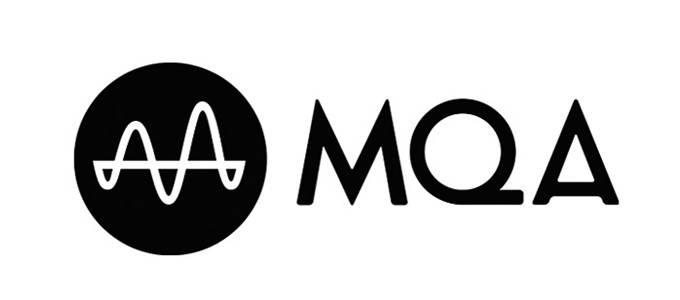
As a USB DAC, 22.5MHz DSD andr 384kHz/32-bit PCM data can be played back
A USB Type-C port is available for digital input. The VRDS-701 is much more than a CD player. Connected to a computer with USB, it can be used as a USB DAC, enabling enjoyment of the computer audio world with high-resolution audio sources.
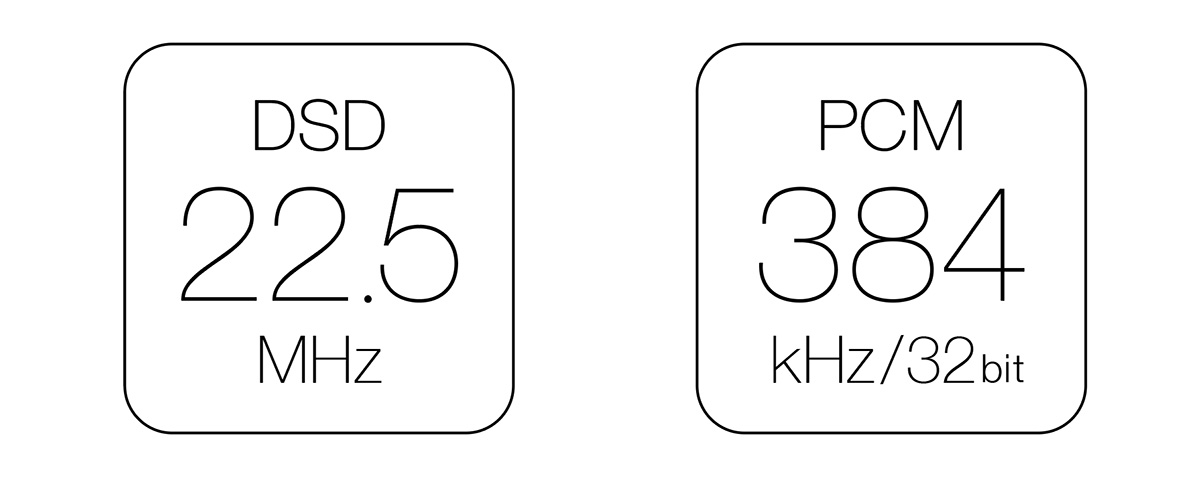
2×, 4× and 8× upconversion using RDOT-NEO
RDOT-NEO (Refined Digital Output Technology NEO), which smoothly augments digital audio signals, provides a function to upconvert the sampling frequency of PCM digital signals 2×, 4× or 8× (up to 384 kHz). RDOT, which applies an analogous interpolation method using fluency logic, is a technology that was developed to enable the playback of the frequencies higher than 20 kHz that are lost by the 44.1kHz/16-bit CD format. Based on the information read from the CD, analogous data is generated between the waveform samples. As a result, data above 20 kHz is also generated.
10MHz external clock input
The 10MHz clock input allows synchronization with an external clock. In addition to improving audio quality during playback with the VRDS-701, this also enables synchronization of the entire system with a clock generator.

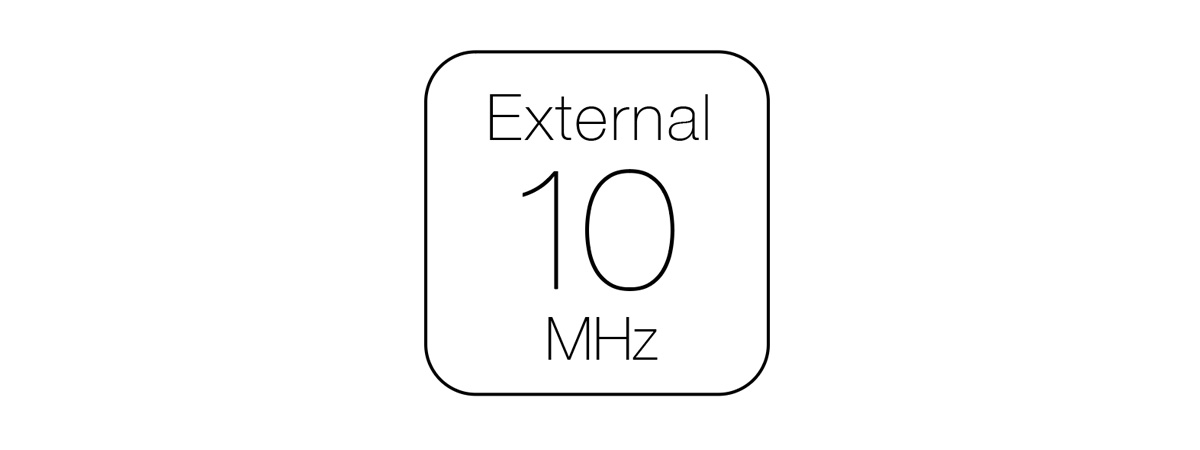
High-precision dual clock for 44.1kHz and 48kHz multiples with low phase noise
This player has low-phase-noise type high-precision crystal oscillators. Along with 44.1kHz for CD playback, it supports 48kHz clock, which is necessary for playing files from a computer when used as a USB DAC.
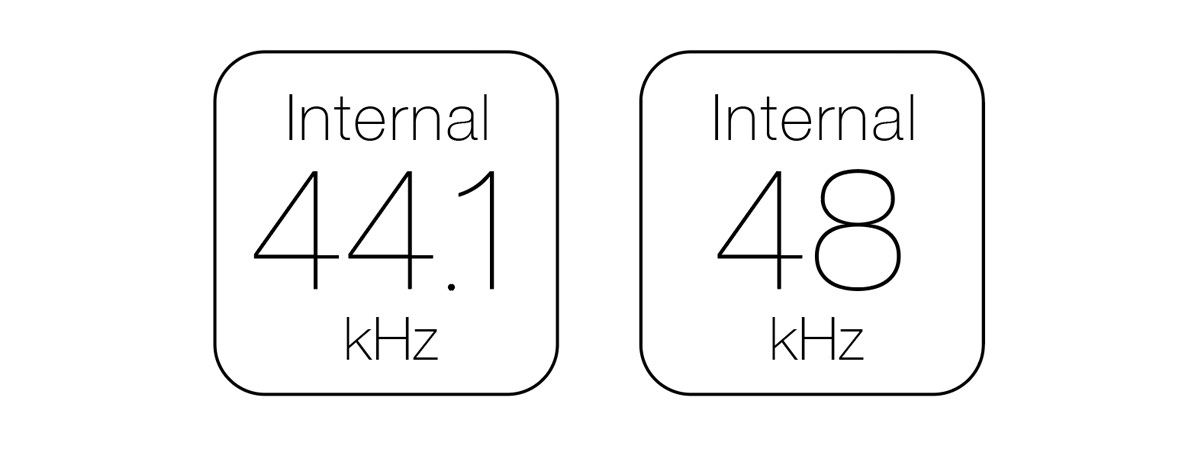
Power supply enhanced by three high-capacity toroidal core transformers
In addition to a toroidal core transformer for the analog signals, the digital control section and the CD mechanism each have independent high-capacity toroidal core transformers. Through the supply of steady current using these three toroidal core transformers, the sudden starts and stops of sounds can be expressed clearly, realizing outstanding sound linearity. The transformers are each mounted to the sub-chassis, controlling vibrations.
TEAC-HCLD2 enhanced-current output buffer amp circuit
For the analog output circuit, the TEAC-HCLD 2 circuit is an enhanced-current output buffer amp that increases crucial current transmission capability. This model uses diamond buffer amps with high current output capacity as line drivers. By using a positive-negative two-circuit structure for each channel, drive can be differential with balanced output and parallel with unbalanced output. Transmitting audio signals without degrading their dynamism becomes possible with increased current supply capacity.
Headphone amp
The headphone amp has a dedicated driver that uses a high-output circuit with low distortion, high signal-to-noise ratio and a high 2000V/μs through rate, equivalent to a current transmission enhancing output line driver. This will maximize the potential of your headphones.
Bulk Pet USB communication technology enables stable data transmission
When sending vast quantities of digital data for high-resolution audio sources through USB cables, large discrepancies can occur in the processing loads of both the transmitting computer and the receiving USB DAC. This creates the possibility of the sound breaking up and other problems. Using Bulk Pet USB transmission technology, however, achieves constant transmission at a fixed data volume, enabling steady data transmission by smoothing the loads for processing on both ends. Since the audio quality can be altered by changing the load on the computer, four preset transmission modes can be chosen according to the desired audio quality.

Thorough design for vibration control
Power transformers, which tend to generate vibration, are mounted on a floating structure, separating and isolating them from the bottom panel. The side fins for heat dissipation have been tailored so that each one has a different length in order to eliminate sympathetic vibrations.
Three supporting pinpoint feet made of machined steel with a unique structure
The circuit board attachment screws have been kept to a minimum. Furthermore, steel pinpoint feet that use an original TEAC design with a new structure to provide a suitable amount of play in the connection between them and the bottom panel, are employed to thoroughly control vibrations that could affect audio quality.
Control connectors enable coordinated use with other devices
RS-232C is present for integration with popular control systems, and trigger input and output connectors enable power coordination with other devices.
TEAC HR Audio Player provided free
High-resolution audio sources, up to 22.5MHz DSD or 384kHz/32-bit PCM, can be easily played from Windows and Macintosh computers using this free dedicated software. Digital audio data can be transmitted with certainty under the best conditions by simply starting the software and selecting the VRDS-701 that is connected using a USB cable.
Since the software is designed for use with this product, making USB audio settings is trouble-free.


Features at a glance
- A newly developed VRDS mechanism is used for the CD drive
- An original TEAC-designed discrete DAC is used for the digital audio converter, which is key to determining audio quality
- Fully-balanced dual mono circuit structure realizes outstanding channel separation
- Direct connection with a power amplifier is possible thanks to volume control that uses a TEAC-QVCS analog preamp circuit
- Along with MQA CD playback, full MQA decoding of digital input is possible
- As a USB DAC, 22.5MHz DSD and 384kHz/32-bit PCM data can be played back
- 2×, 4× and 8× upconversion using RDOT-NEO
- 10MHz external clock input
- Analog, digital input/output and CD drive circuits each have dedicated toroidal core transformers
- Original TEAC-HCLD2 enhanced-current output buffer circuit
- Headphone amp has a high output circuit with low distortion, high signal-to-noise ratio and a high 2000V/μs through rate
Spec description
| CD section | |
| Supported media | Audio CD, CD (CD-R/CD-RW) * 8cm CDs not supported. |
| Frequencey response | 5Hz to 80kHz (+1dB, –6dB) |
| S/N ratio | 108dB (A-weight, 1kHz) |
| Total harmonic distortion | 0.002% (1kHz, LPF: 20Hz to 20kHz) |
| Analog audio outputs | |
| Balanced | |
| Connectors | XLR × 1 pair |
| Maximum output level | 2.0Vrms (1kHz, Full scale, 10kΩ loaded, FIXED 0dB) 4.0Vrms (1kHz, Full scale, 10kΩ loaded, FIXED +6dB) 12Vrms (1kHz, Full scale, 10kΩ loaded, VARIABLE) |
| Output impedance | 220Ω |
| Unbalanced | |
| Connectors | RCA × 1 pair |
| Maximum output level | 2.0Vrms (1kHz, Full scale, 10kΩ loaded, FIXED 0dB) 4.0Vrms (1kHz, Full scale, 10kΩ loaded, FIXED +6dB) 6Vrms (1kHz, Full scale, 10kΩ loaded, VRIABLE) |
| Output impedance | 180Ω |
| Digital audio inputs | |
| USB | |
| Connector | USB Type-C × 1 (USB2.0 or more) |
| Supported formats | |
| PCM | 16 / 24 / 32bit 44.1k / 48k / 88.2k / 96k / 176.4k / 192k / 352.8k / 384kHz |
| DSD | 2.8M / 5.6M / 11.2M / 22.5MHz |
| COAXIAL | |
| Connector | RCA × 1 |
| Input level | 0.5Vp-p |
| Input impedance | 75Ω |
| Supported formats | |
| PCM | 16 / 24bit 32k / 44.1k / 48k / 88.2k / 96k / 176.4k / 192kHz |
| DSD | 2.8MHz |
| OPTICAL | |
| Connector | TOS (JEITA RC5720C) × 1 |
| Input level | –24.0 to –14.5dBm peak |
| Supported formats | |
| PCM | 16 / 24bit 32k / 44.1k / 48k / 88.2k / 96k / 176.4k / 192kHz |
| DSD | 2.8MHz |
| Digital audio outputs | |
| COAXIAL | |
| Connector | RCA × 1 |
| Output level | 0.5Vp-p |
| Output impedance | 75Ω |
| OPTICAL | |
| Connector | TOS (JEITA RC5720C) × 1 |
| Headphones out | |
| Connector | ¼″ (6.3mm) Stereo jack × 1 |
| Maximum output | 500mW + 500mW (into 32Ω) |
| Clock sync input | |
| Connector | BNC × 1 |
| Input frequency | 10MHz |
| Input impedance | 50Ω |
| Input level | |
| Rectangle wave | Equivalent to TTL level |
| Sine wave | 0.5 to 1.0Vrms |
| External control | |
| Trigger in (12V TRIGGER IN) | |
| Connector | 3.5mm Mono mini jack × 1 |
| Input level | 12V, 1mA |
| Trigger out (12V TRIGGER THRU) | |
| Connector | 3.5mm Mono mini jack × 1 |
| Output level | 12V |
| Maximum curret supply | 100mA |
| Power | AC120V, 60Hz AC220-240V, 50/60Hz |
| Power consumption | 20W |
| Standby power | 0.4W |
| Overall dimensions | 444 (W) × 111 (H) × 333 (D) mm (including protrusions) |
| Weight | 11.1kg |
| Operating temperature | +5℃ to +35℃ |
| Operating humidity | 5% to 85% (no condensation) |
| Storage Temperature range | −20℃ to +55℃ |
| Included accessories | AC cord, Remote control (RC-1338), AAA batteries × 2, Foot pads × 3, Owner's manual |
TEAC VRDS-701 review
Premium price, premium build and an excellent sound
 By What Hi-Fi? published October 23, 2023
By What Hi-Fi? published October 23, 2023
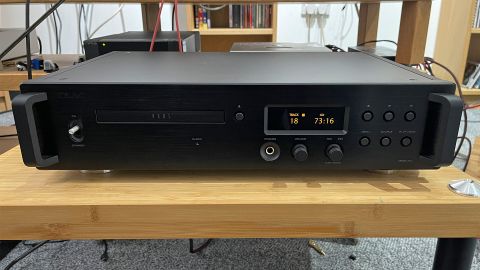
While we enjoy the benefits of streaming as much as anyone, there is a certain hands-on appeal to CD players that we can’t ignore. More than that, we like to own our music and be able to play it any time we want. Given the relatively fickle nature of streaming rights and the slightly erratic stability of an internet connection, we still see a place for a high-quality CD player in our systems.
Of course, this far into the age of streaming, new CD player launches are thin on the ground, and what was once a raging river of new products has slowed to a mere trickle. So, when TEAC launches a premium player like the VRDS-701 we can’t wait to have a go.
Build & Design

Those initials – VRDS – will mean a lot to hi-fi fans of a certain vintage and are more than some random letters that make up a product name. They stand for Vibration-free Rigid Disc-clamping System and indicate the use of TEAC’s proprietary CD transport design. There have been numerous versions of this mechanism found in products that range in cost from premium to ultra high-end but the basic idea is always the same, and that’s to minimise rotational vibration and other disturbances by clamping the entire surface of the CD rather than just in the middle, as pretty much every alternative does. The idea is that reducing these unwanted outside influences allows the laser to read the disc more easily and the result should be a better sound. We’ve heard enough TEAC VRDS-equipped CD players and transports over the years to find that is usually the case.
Look past the inclusion of the VRDS transport mechanism and there is still plenty to admire in the ’701. This is a beautifully made player with a pleasingly chunky casework that weighs in at a considerable 11.1kg. We particularly like the precise feel of the two small control dials – one governs the volume of the headphone and line output and the other, the play and skip functions of the transport. The large display is easy to read from a distance and is pleasantly crisp.
Don’t be fooled by the TEAC’s metal feet. They may feel loose but are in fact rather elaborately engineered multi-piece affairs that are designed to disperse vibrations. The VRDS transport is lavished with similar attention, being fixed to the chassis with what TEAC calls a floating mounting to decouple it from the chassis and minimise the transfer of mechanical vibrations.
Features

Look around the back of the 701 and you will find both balanced XLR and RCA line-level outputs, a trio of digital inputs in the form of a coaxial, optical and, unusually for a product such as this, a USB-C socket. If you decide to use the 701’s internal DAC section with an outboard source then you will find that it is a capable circuit that is compatible with 32-bit/384Hz PCM files and 22.5MHz DSD. MQA decoding is on the menu too.
There is also the option of adding an external clock. This kind of feature is more common in the studio world than in domestic equipment, but having tried various outboard clocks in the past it can be a useful avenue to investigate when the urge to upgrade strikes. Of course, the more usual path to upgrading an integrated CD player is to feed its digital output into an outboard DAC, and the VRDS-701’s coax and optical digital outputs allow that. Note that TEAC also makes a transport-only version of the 701 for those who want to follow that route from the off.
This player is a joy to operate. The VRDS is as reassuringly mechanical sounding as we remember from older TEAC products and the player responds swiftly to commands. The supplied remote handset has a neat metal finish on the top plate and is pleasant to use.
Take a look at the extensive set-up menus and you will find that this is a tweaker’s delight, given it has a wide range of output, upsampling and digital filter options. It is worth playing around with these provided the rest of your system has the transparency to reveal the subtle changes in sound. After spending a few days trying the various options, we end up switching off the digital outputs (giving the sound a little extra precision and clarity), upconverting the input into the DAC by four times the sampling rate (rather than the maximum of eight times) and get the internal DAC chip to process PCM datastreams in DSD. All these things add up to giving us the kind of fluid and expressive sound we like. Of course, your system or tastes may lead to other choices, but the differences are small enough that it is impossible to actually spoil the overall sound.
Sound

A CD player of this standard positively demands a high-quality partnering system. The bulk of this test was done with the TEAC feeding our usual reference system of Burmester 088/911 MKIII amplifier and ATC SCM 50 speakers. But, we also use more price-compatible products in the form of Naim’s SuperNait 3 integrated amplifier and PMC’s Prodigy 5 speakers. The VRDS-701 shines regardless of the partnering system.
This player proves something of a slow burner for us, so be careful not to make snap judgements after a short audition at a dealer. Its sonic signature doesn't brim with sparkle or go out of its way to make your discs sound exciting. This is a more analytical tool than that and prefers to let the recording take the spotlight. If that’s innately energetic as The Heist by Macklemore and Ryan Lewis is, then that’s what you will hear. This TEAC is all about control and composure. It has excellent detail resolution, particularly in the bass where it defines the texture of low notes better than any rival we’ve heard and also adds grip and agility to the mix. Move up the frequency range and you will find a natural and unexaggerated midrange that deals in a high level of clarity and precision. But, there is enough delicacy on offer to render the dynamic nuances that communicate the emotions in a voice beautifully.
There is plenty of slam when the music demands and surefooted rhythmic drive that gets the most from infectious tracks such as Thrift Shop. Any edginess in the recording is revealed without the player making a meal of things, and it is this refinement that allows the TEAC to perform well across a wide range of recordings.
Next, we try an old favourite test disc in the form of Prokofiev’s Romeo & Juliet. This is a demanding recording with wide-ranging dynamic swings and dense instrumentation but none of that fazes the TEAC. It stays calm and organised, not allowing the music’s sonic fireworks to throw it out of its stride. We sit back and marvel at the player’s authoritative presentation and the way it renders scale. Put it up against the similarly-priced Cyrus CDi-XR and the differences are marked. The Cyrus is a front-footed player that is all agility, resolution and excitement while the TEAC is more focused on analysis and control. The 701 presentation is also significantly more muscular in its approach, though given an appropriate recording lacks nothing when intimacy or subtlety is required.

The TEAC pulls well ahead of the Cyrus when it comes to features. The Cyrus is a standard integrated CD player and doesn’t have digital inputs. We try those of the VRDS-701 and are impressed. Everything we like about the player’s sound with CDs is still apparent through any of the digital inputs. We connect our MacBook Pro (loaded with Audirvana media playing software and plenty of high-res files) and like what we hear. Michael Jackson’s Off the Wall (24-bit/96kHz) brims with energy and charges along with its infectious rhythms, rasping horn section and Jackson’s ever so distinctive vocal delivery. There’s everything we would want here from thrilling dynamic shifts to a driving beat. Detail levels are high, and as with CD replay, we can’t poke any holes in how all that information is organised. This TEAC sounds effortlessly cohesive and musical. The story remains positive no matter if we listen to the intimately recorded Here’s The Tender Coming from folk group The Unthanks, where the TEAC’s unforced yet expressive midrange comes to the fore, or rock out to Gimme Shelter by the Rolling Stones.
Verdict

If you still have a large collection of CDs and really want to hear exactly what is stored on them we can’t think of a better way to do it at this price level than this TEAC. It is superbly made and a real pleasure to use. Those who admire fine engineering will be impressed by the care taken in the casework construction and the obsessively designed VRDS transport mechanism. In an age where most companies are happy to buy cheap off-the-shelf mechanisms, we’re happy that TEAC hasn’t taken the easy route. Will CD ever make a mass market comeback? Never say never, while machines as good as the VRDS-701 are still around there is always a (tiny) chance.
SCORES
- Sound 5
- Build 5
- Features 5

